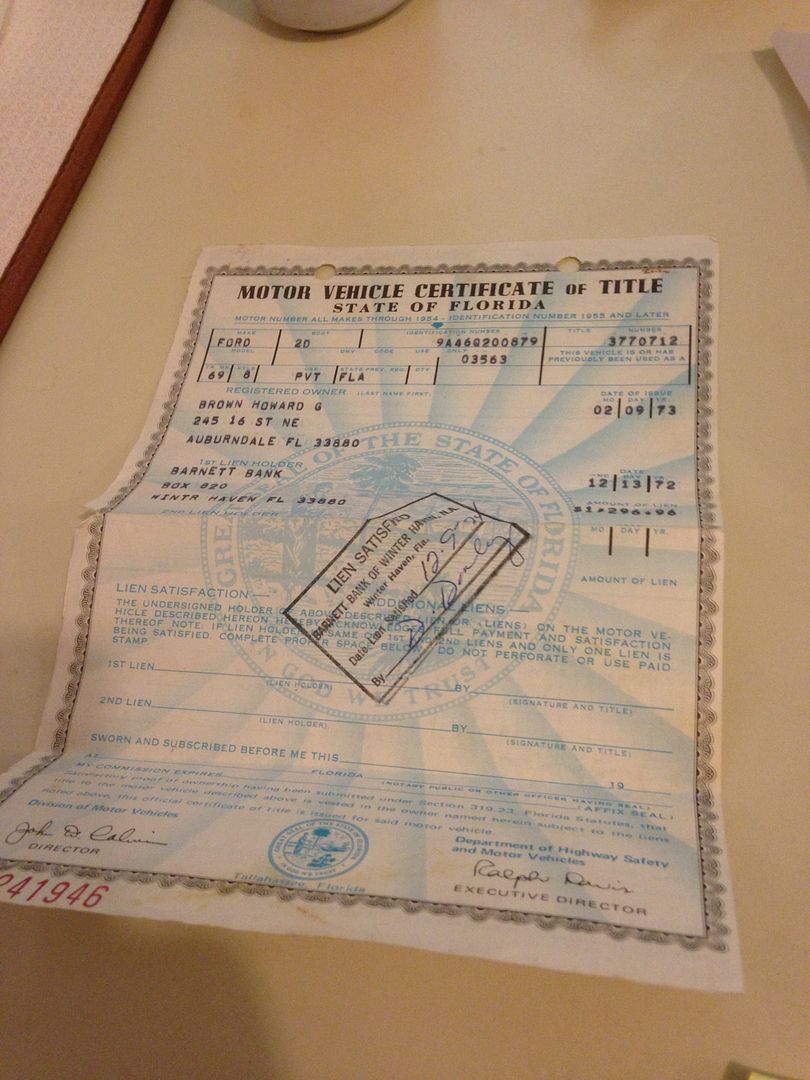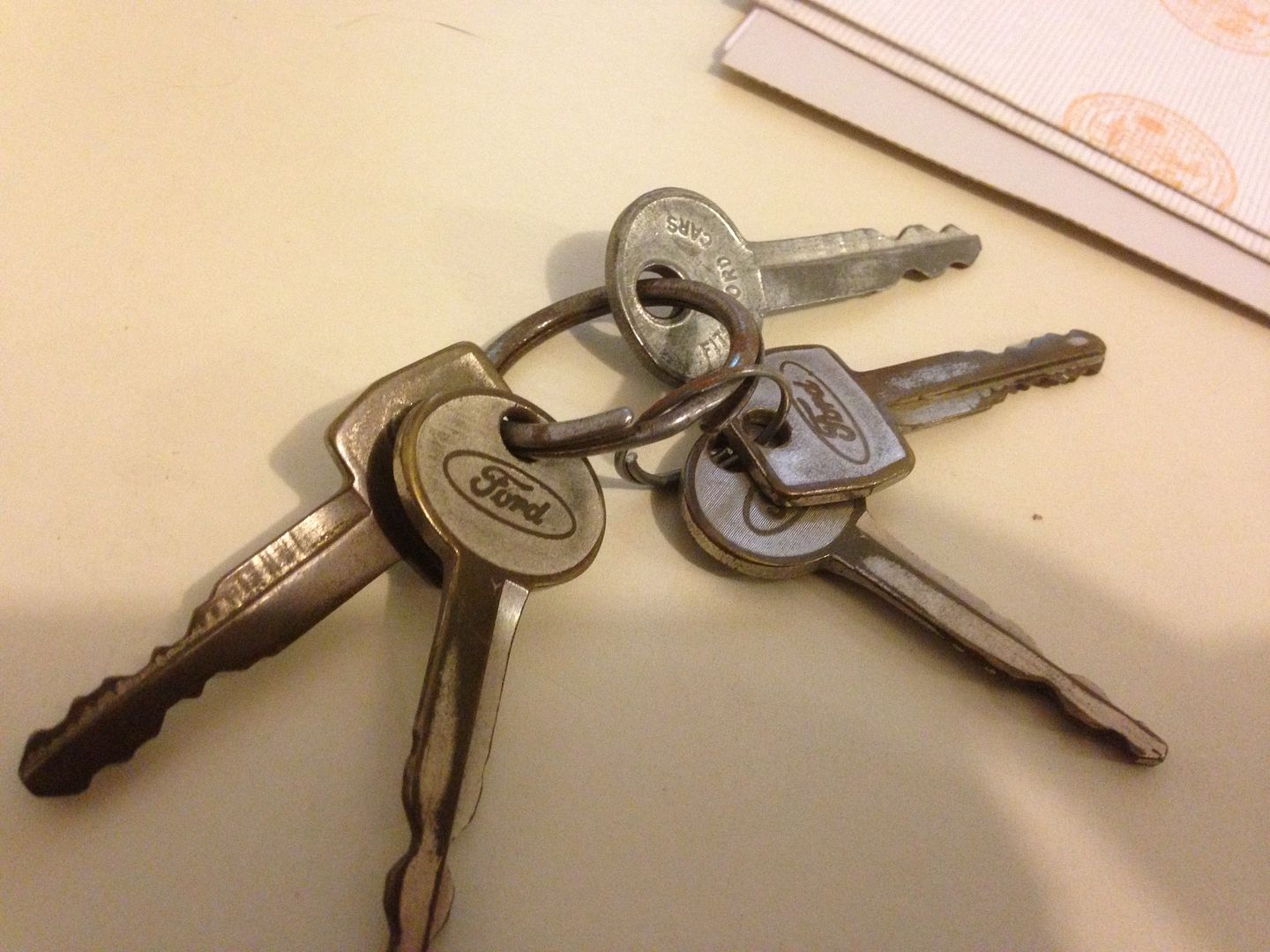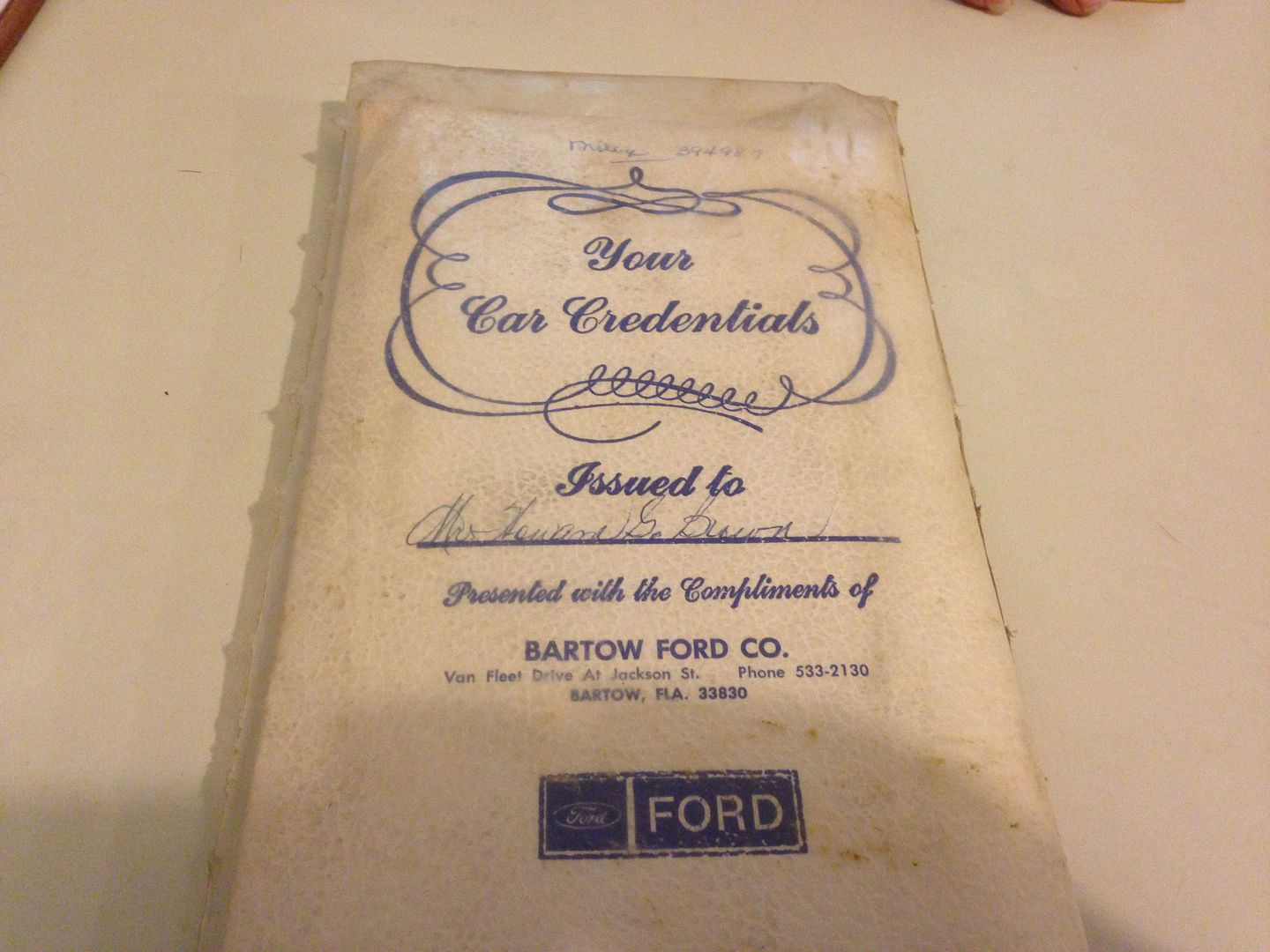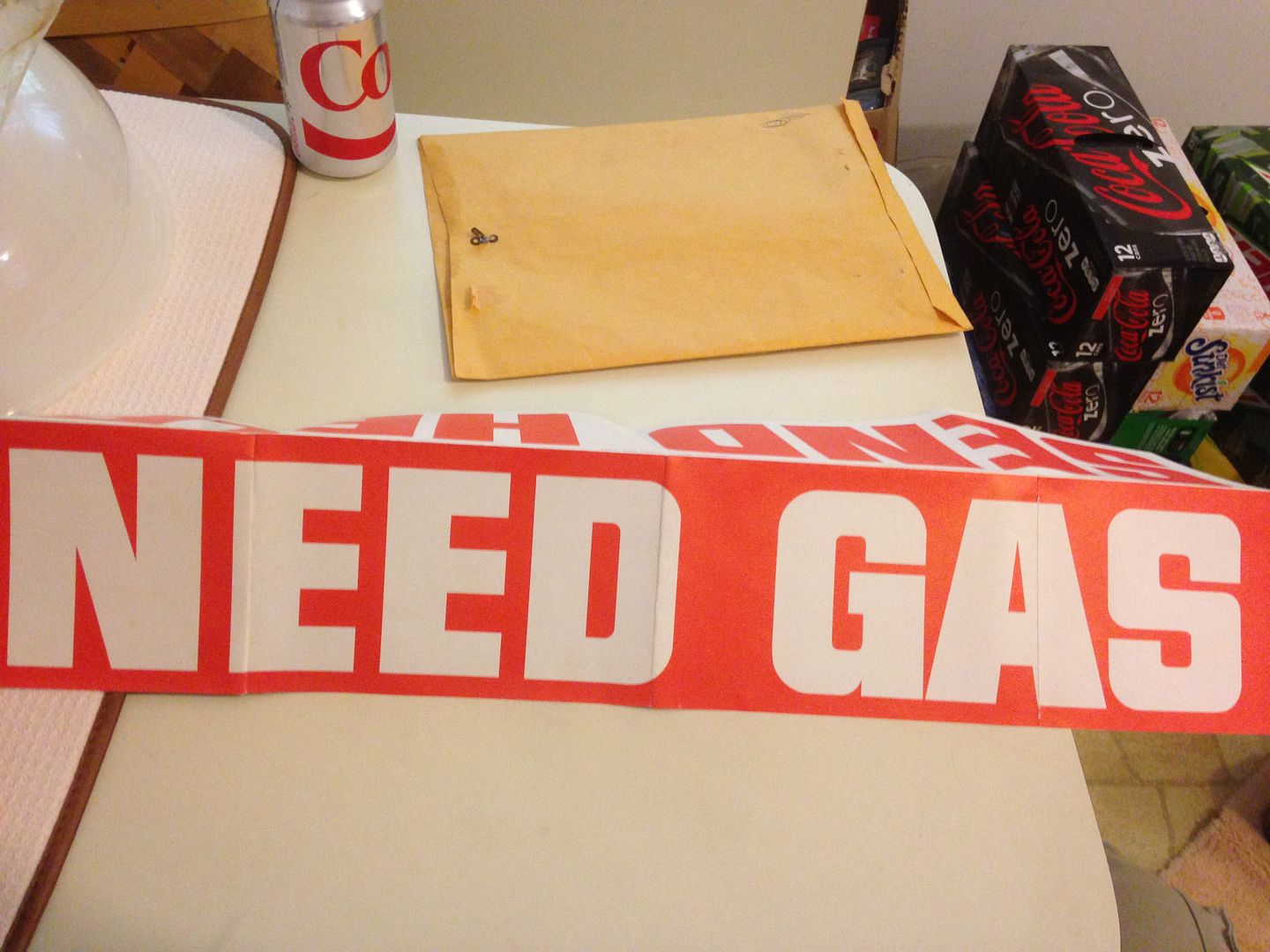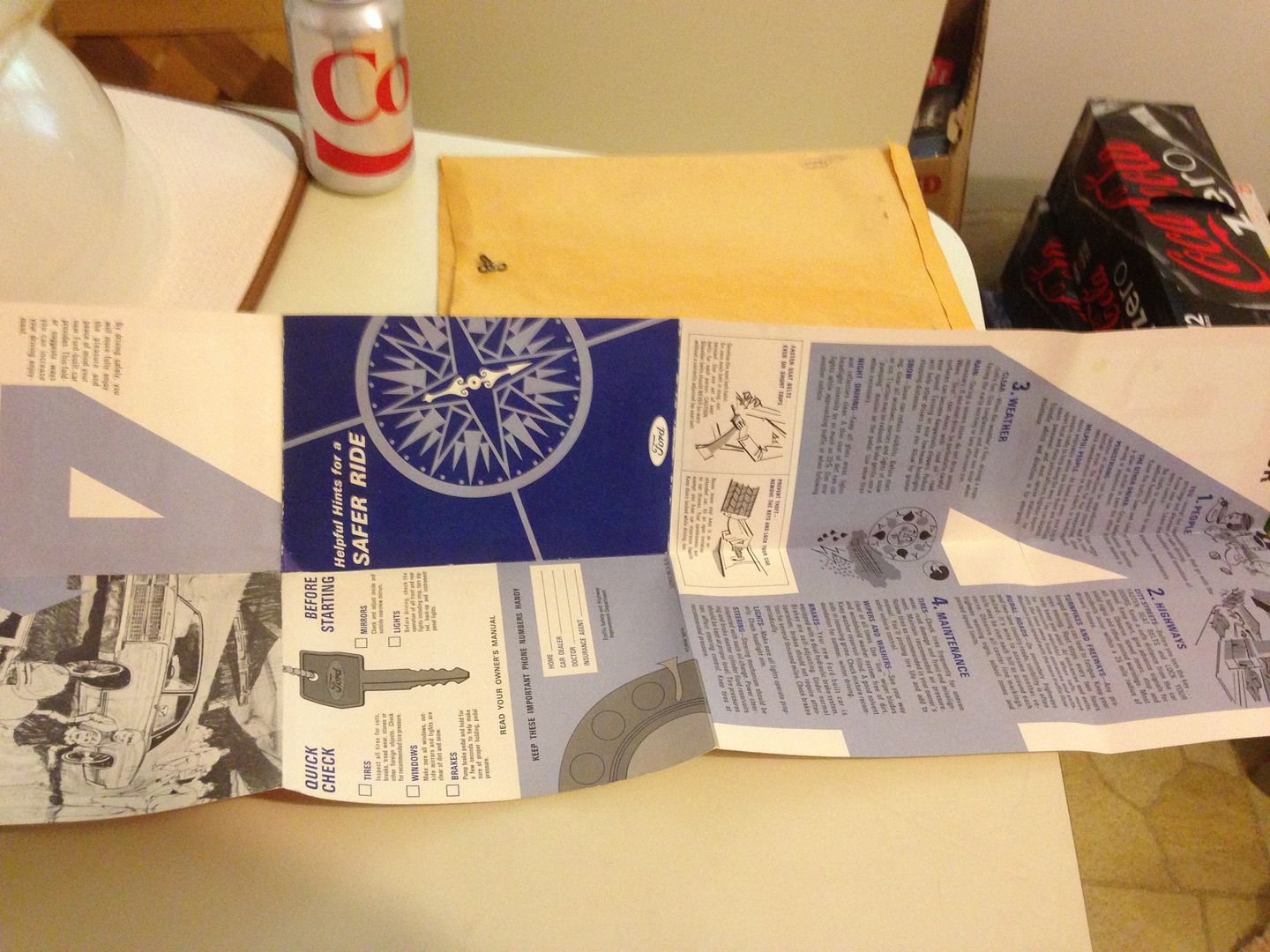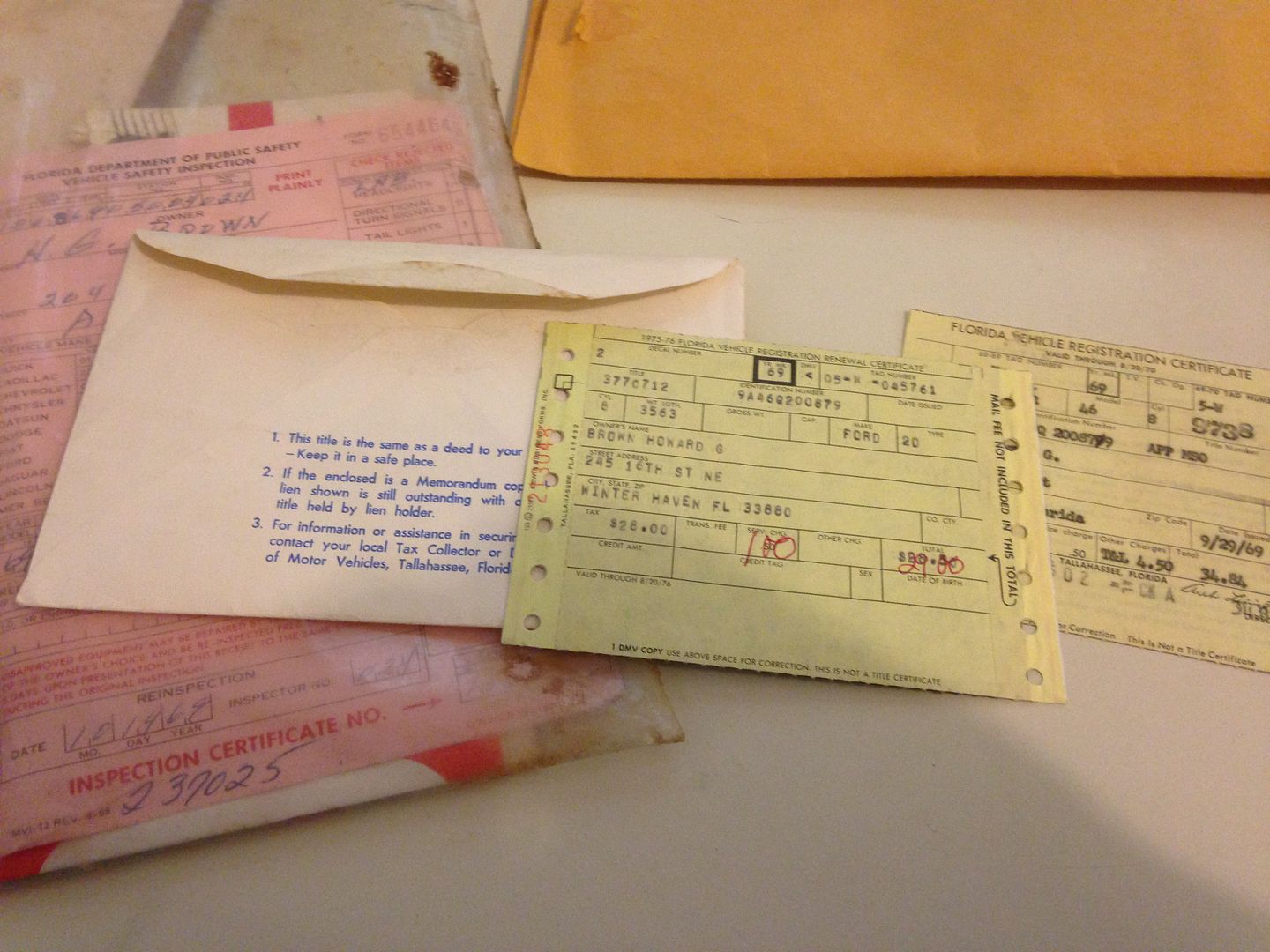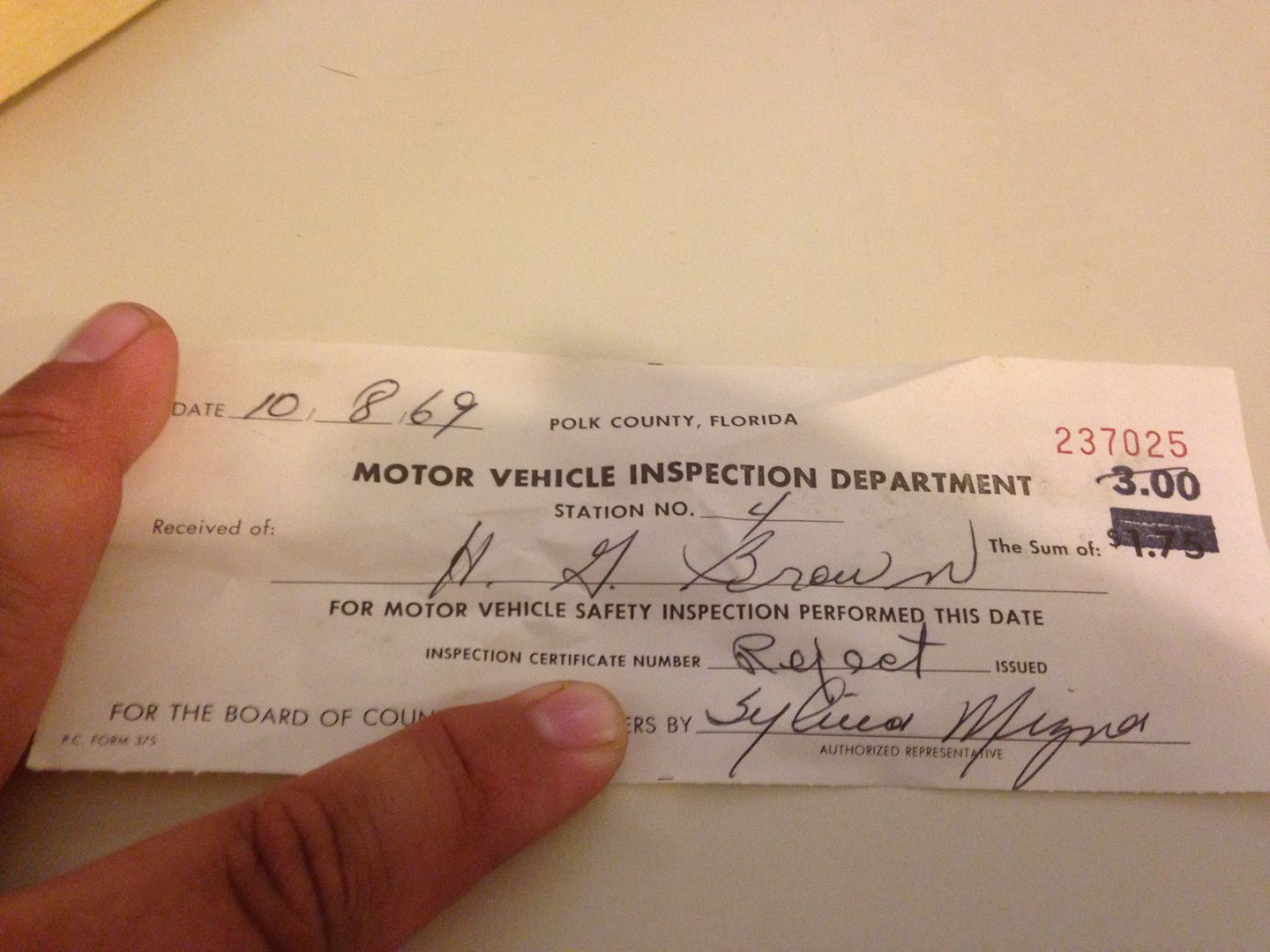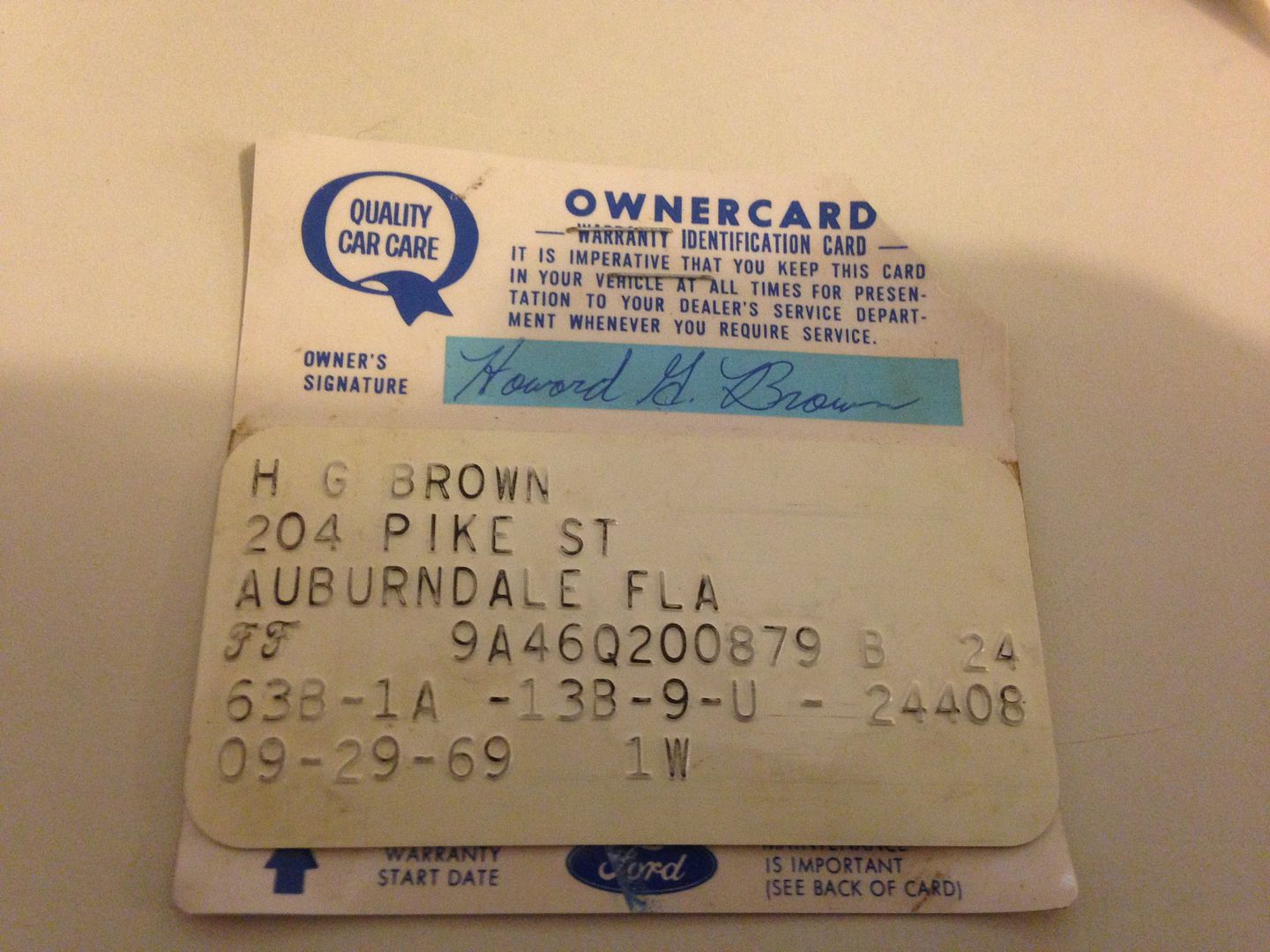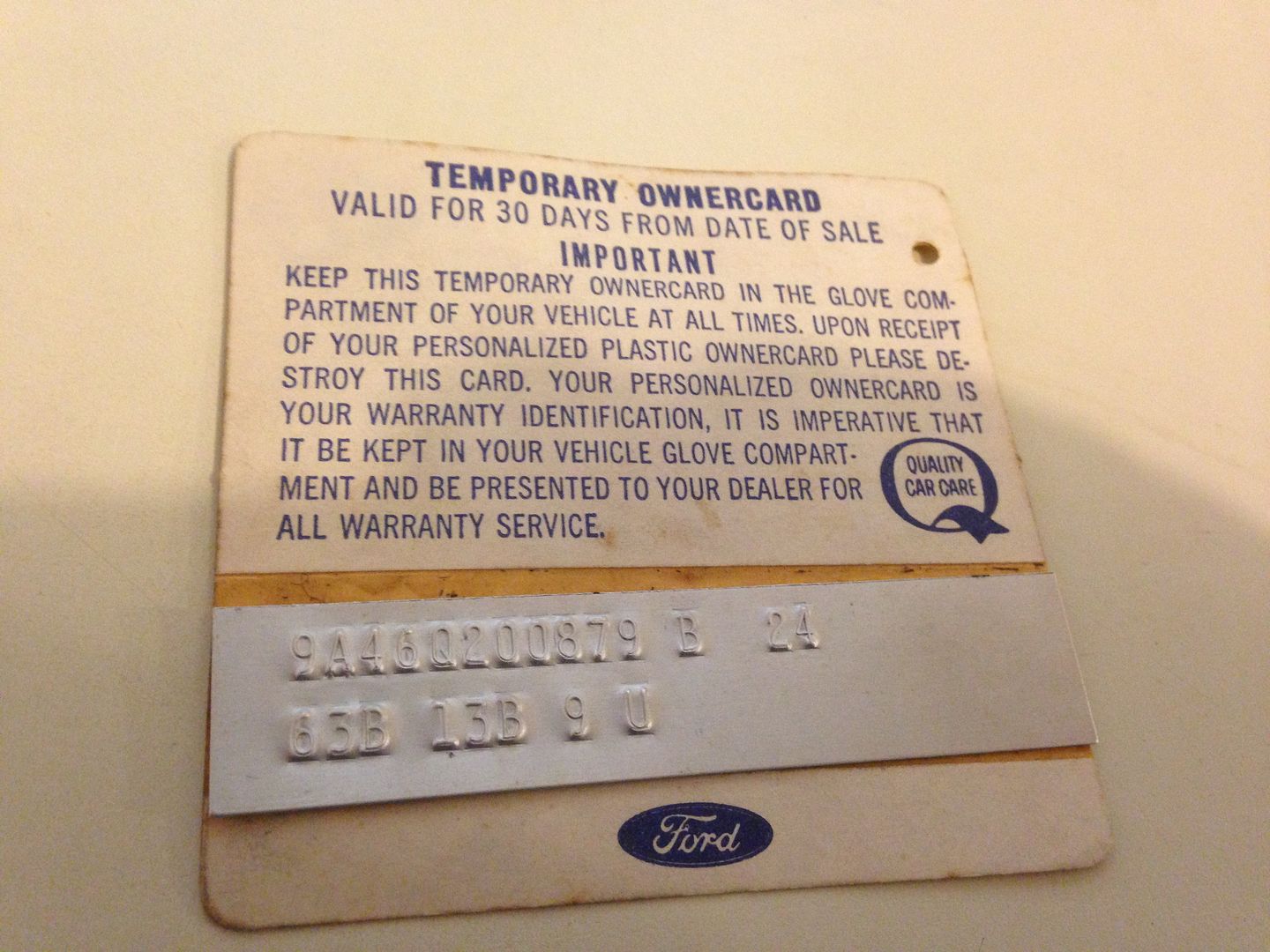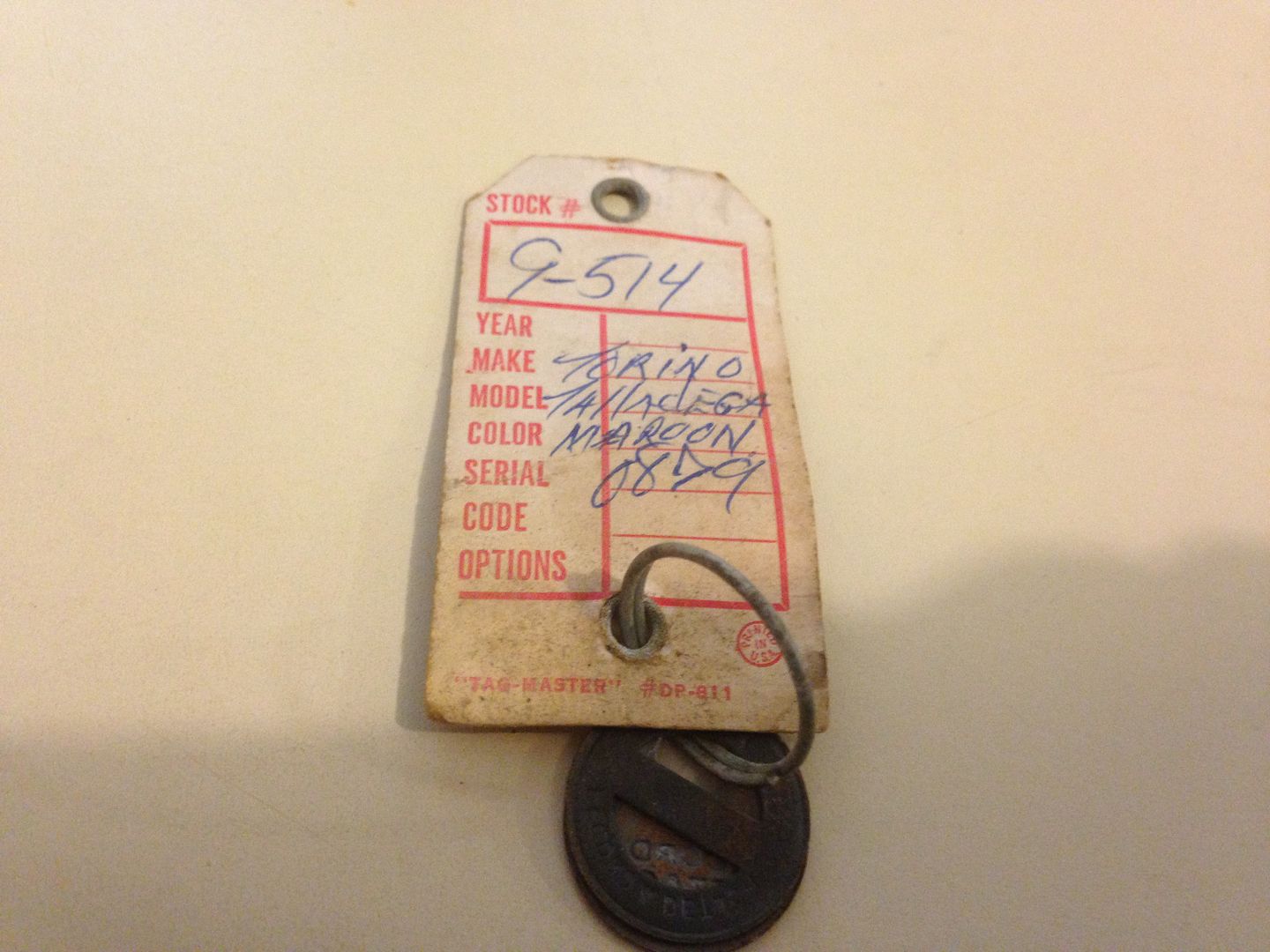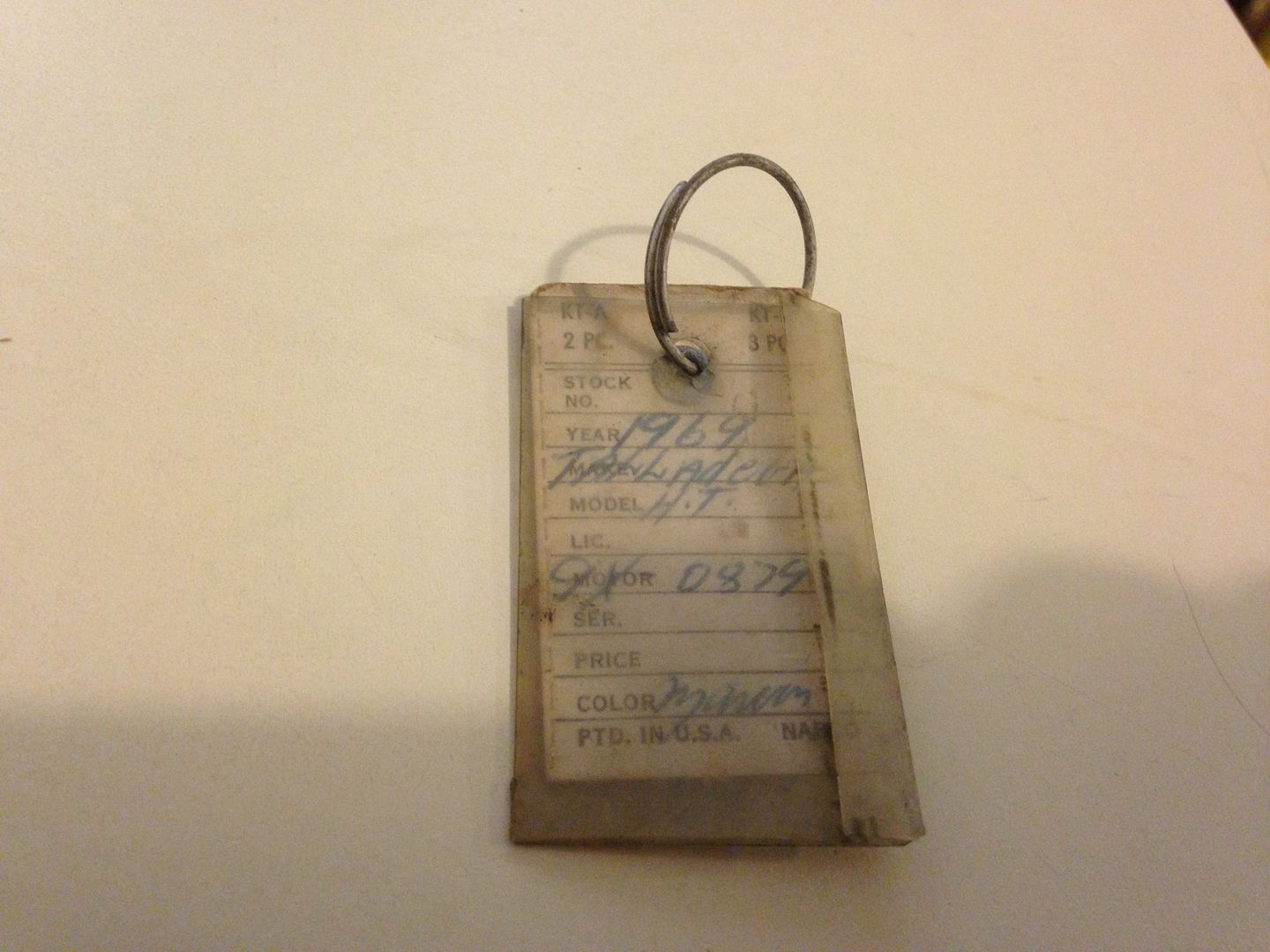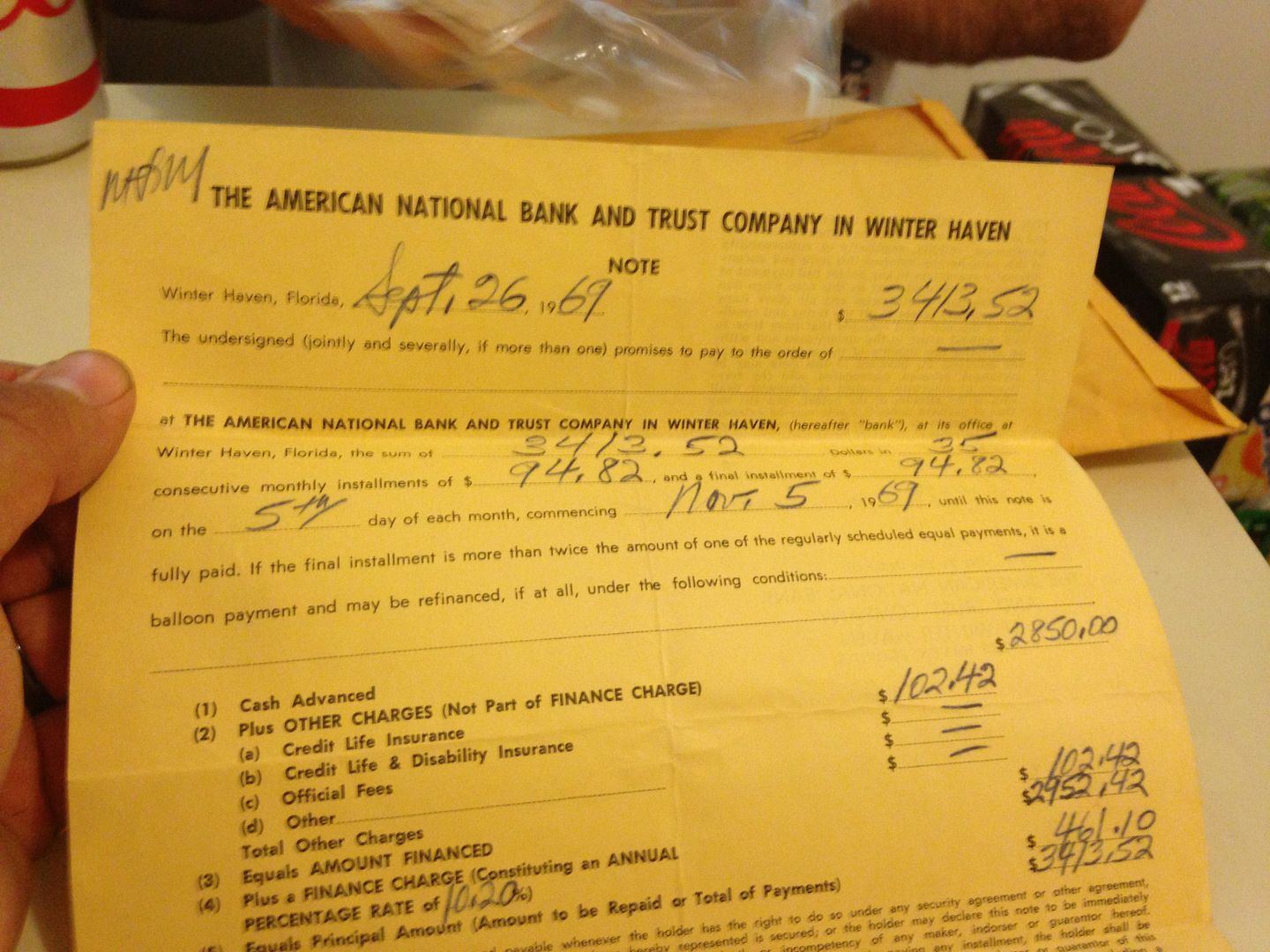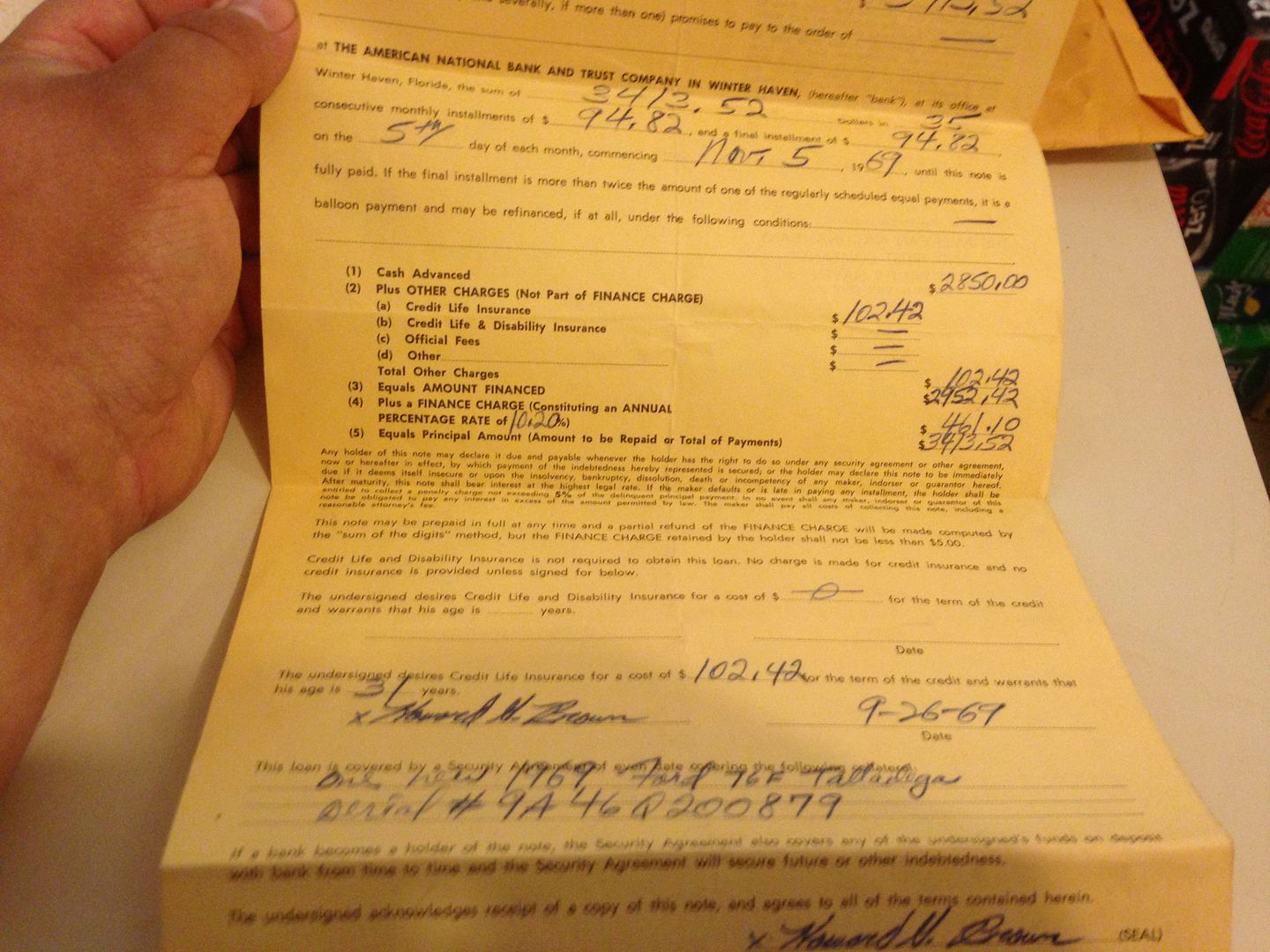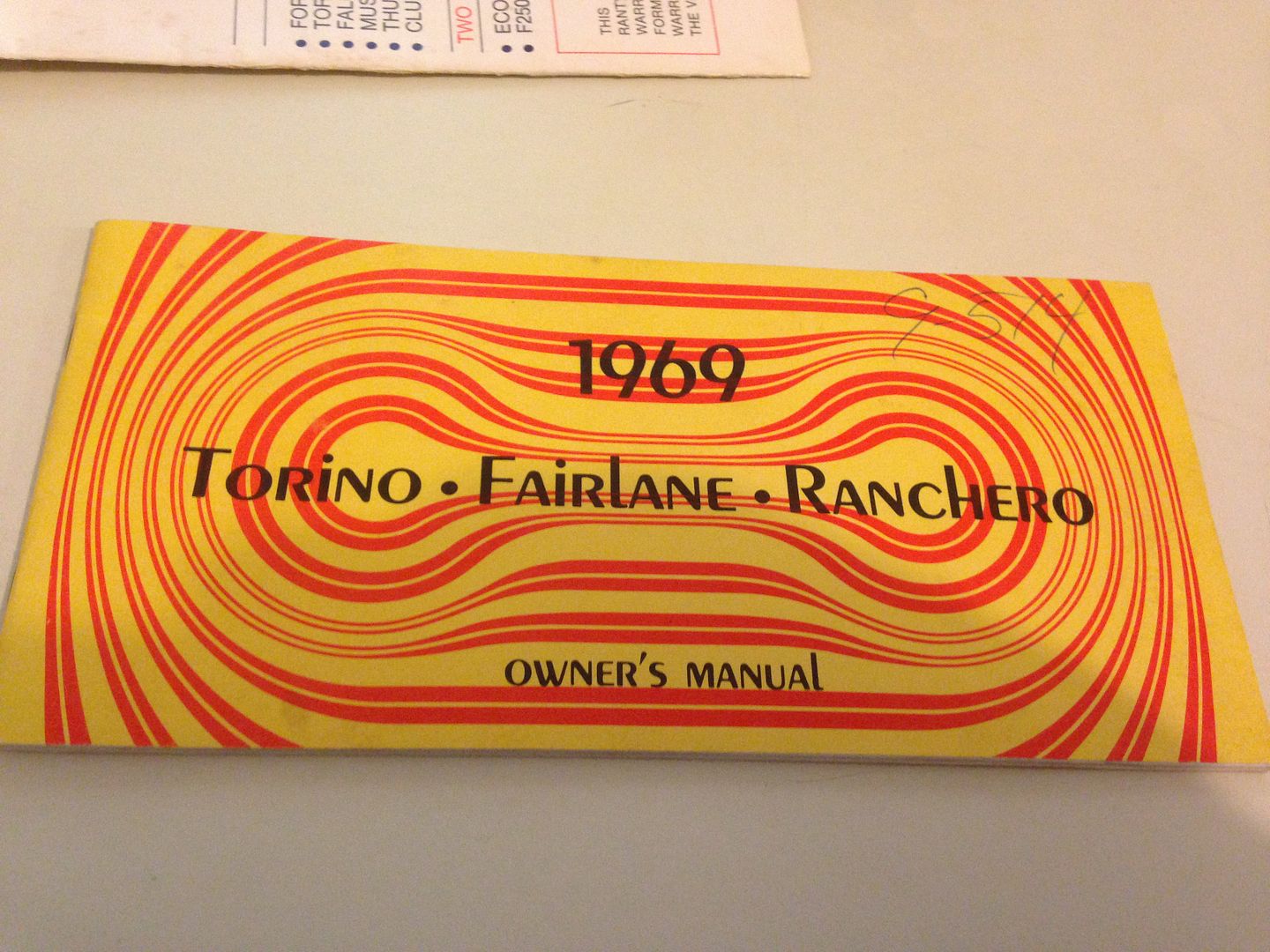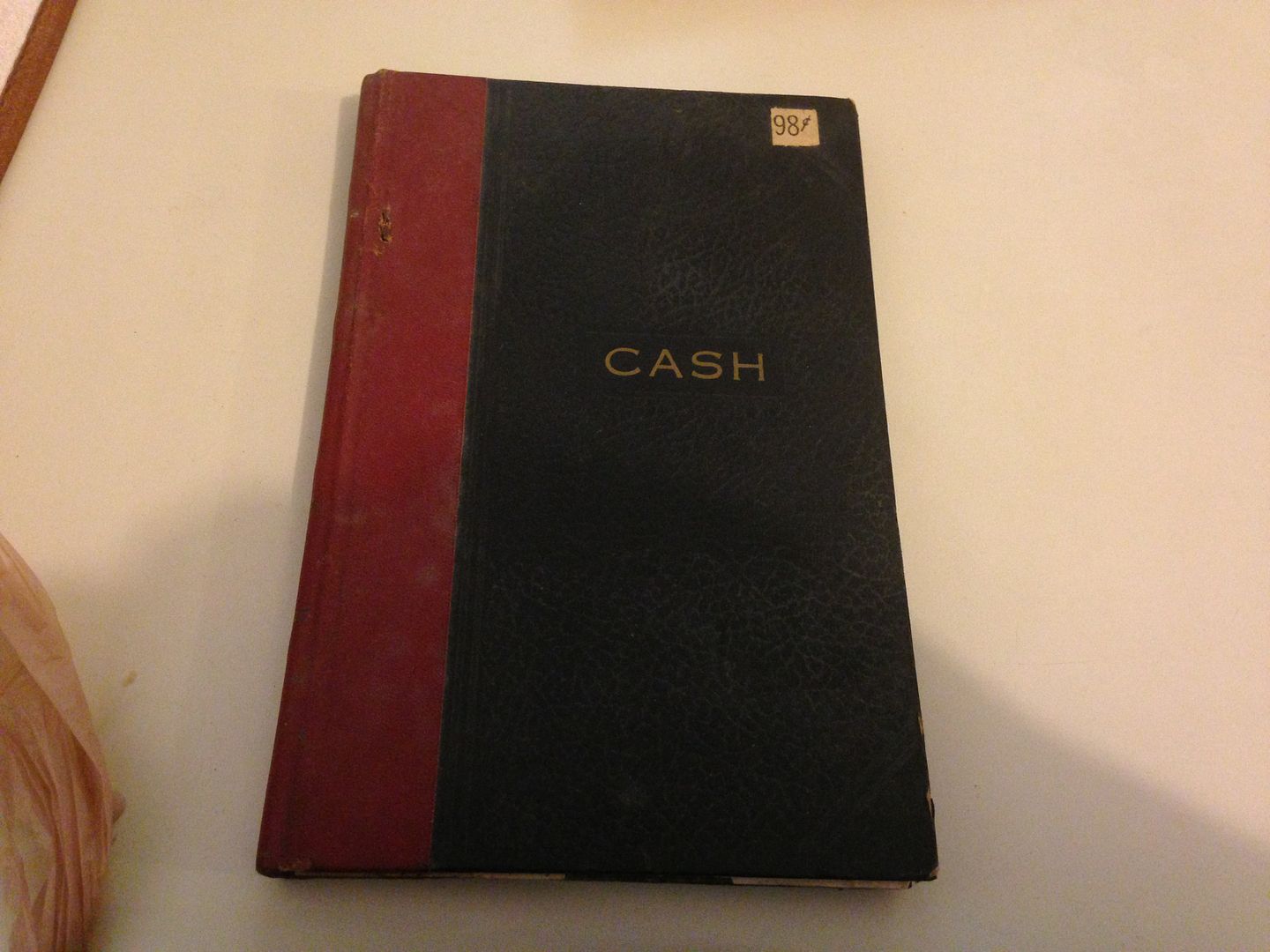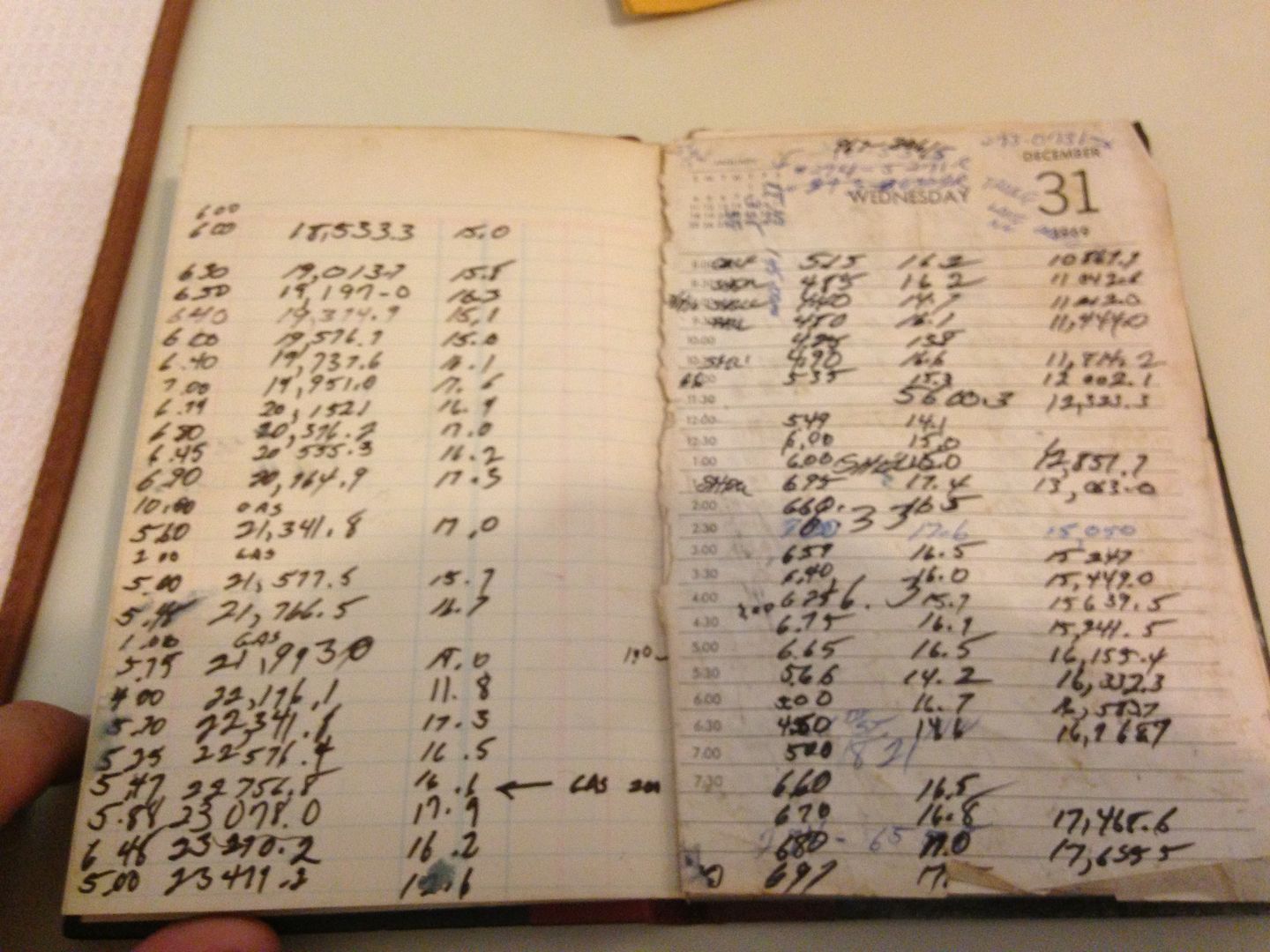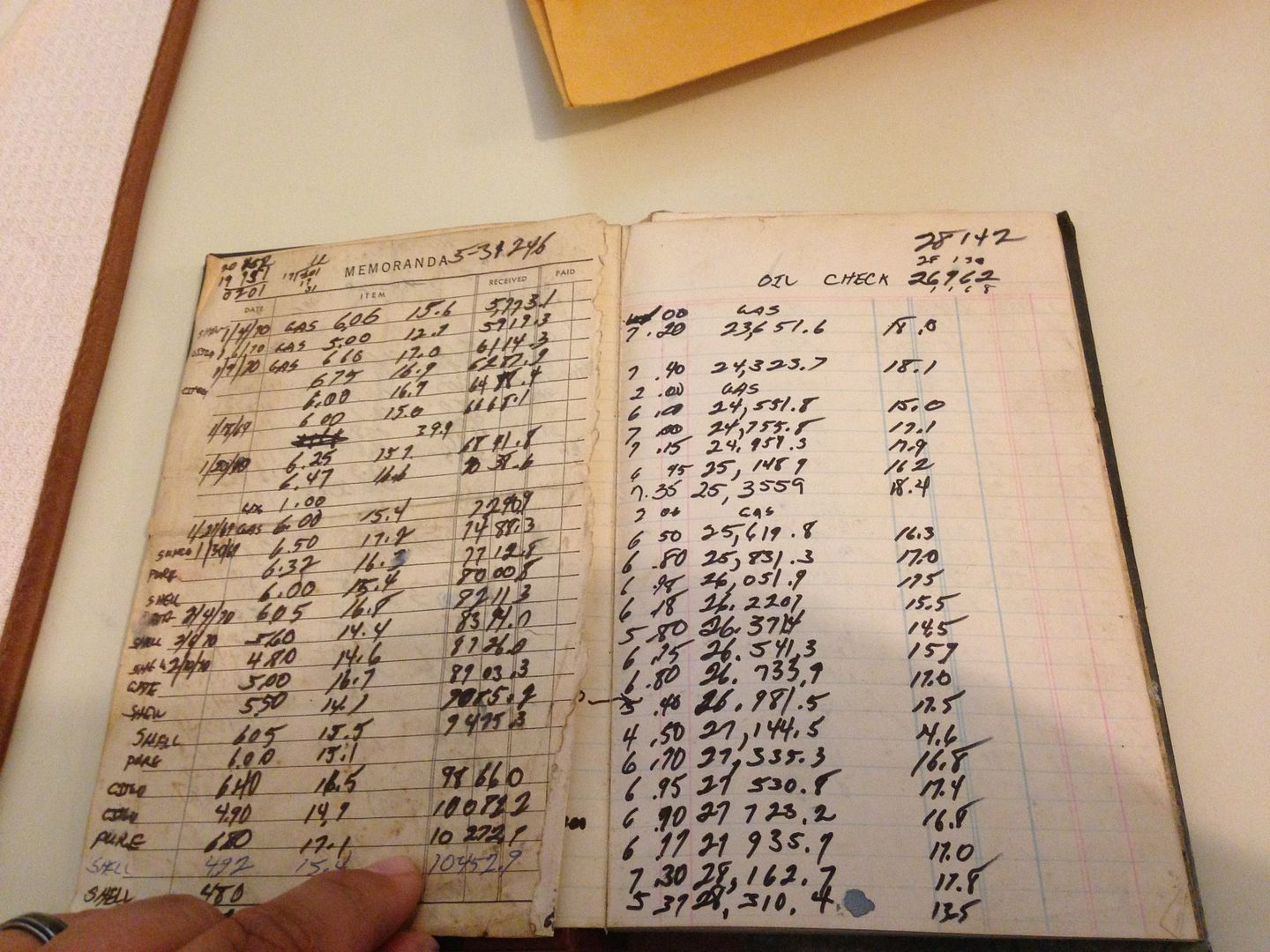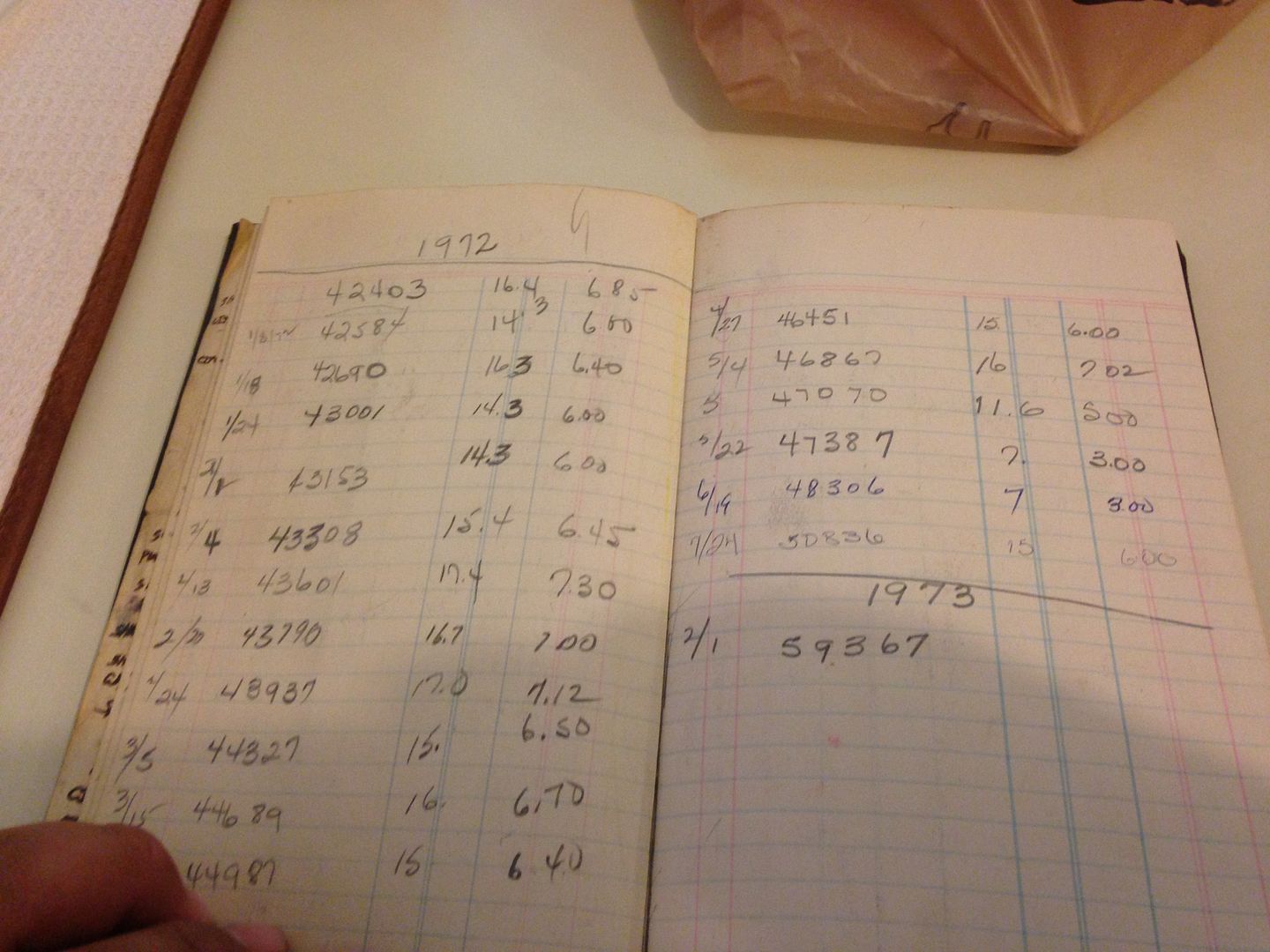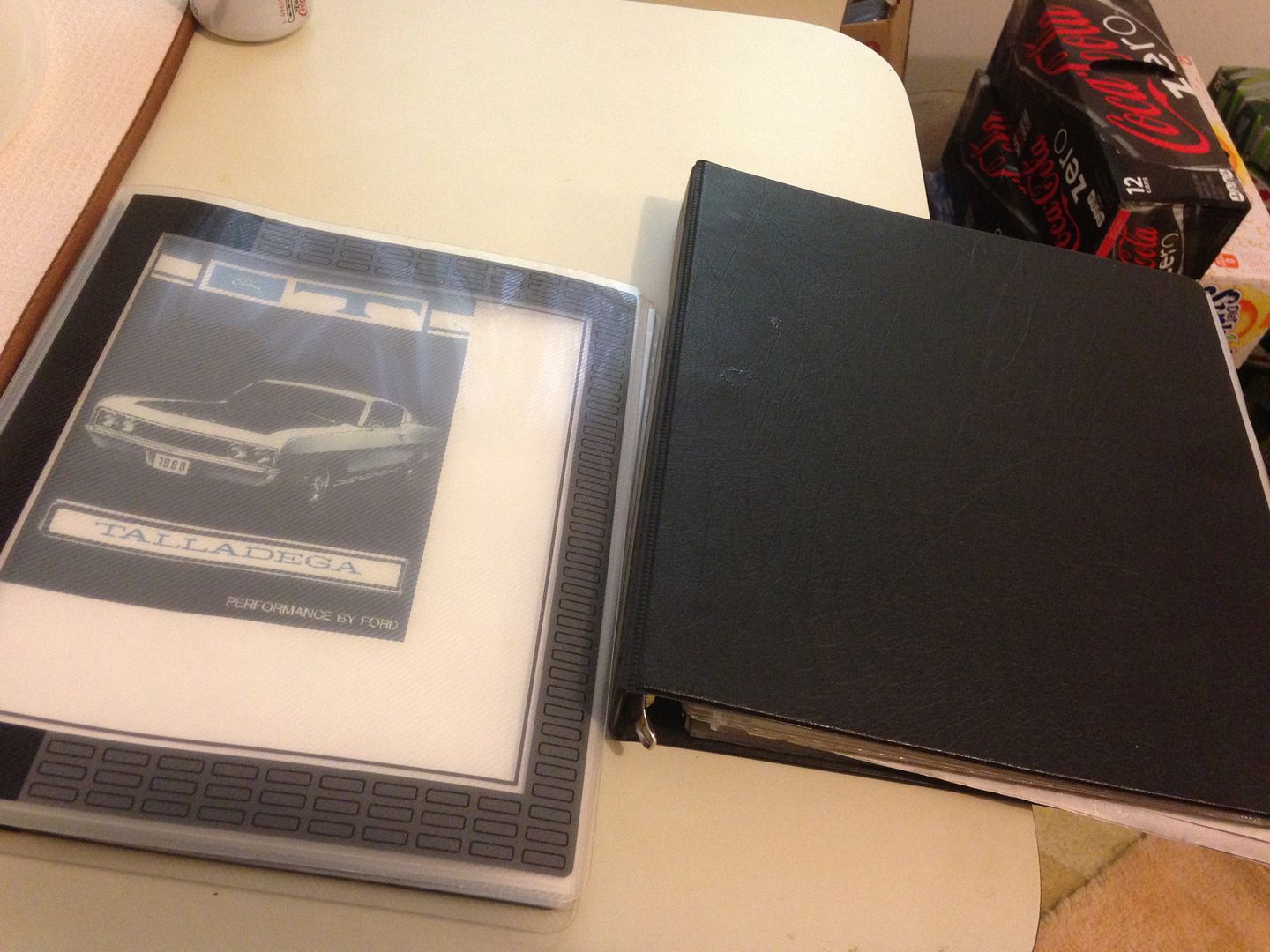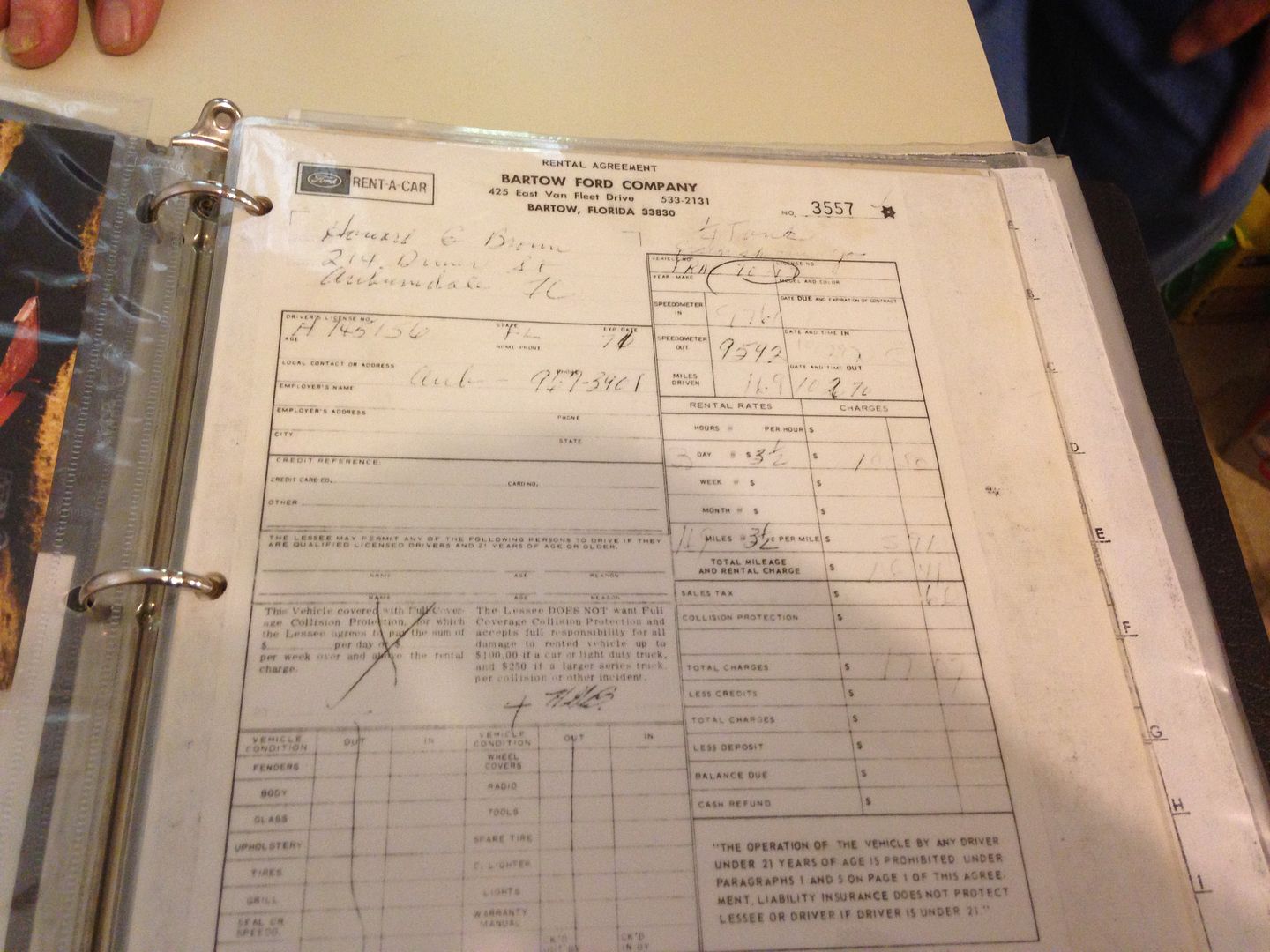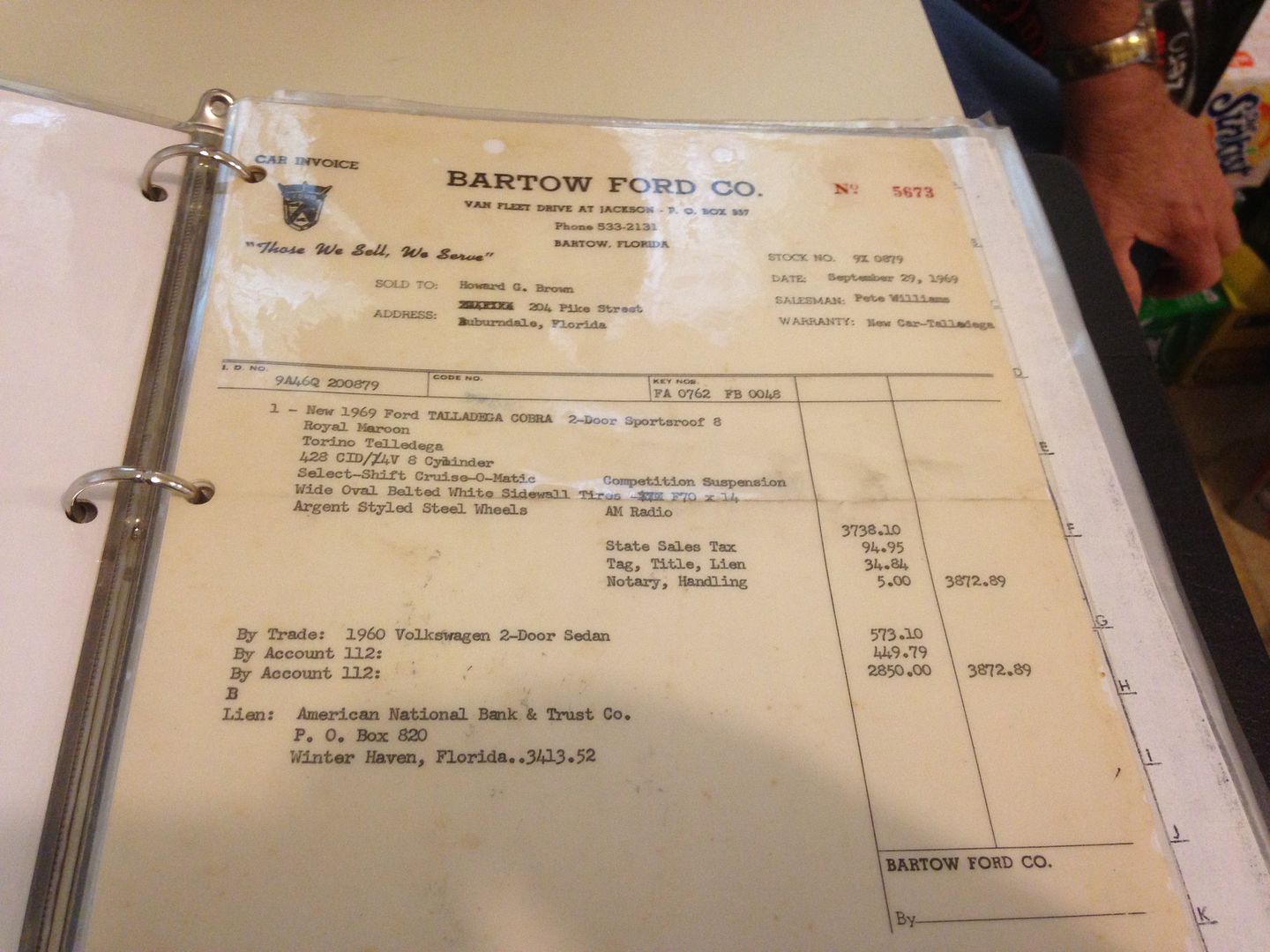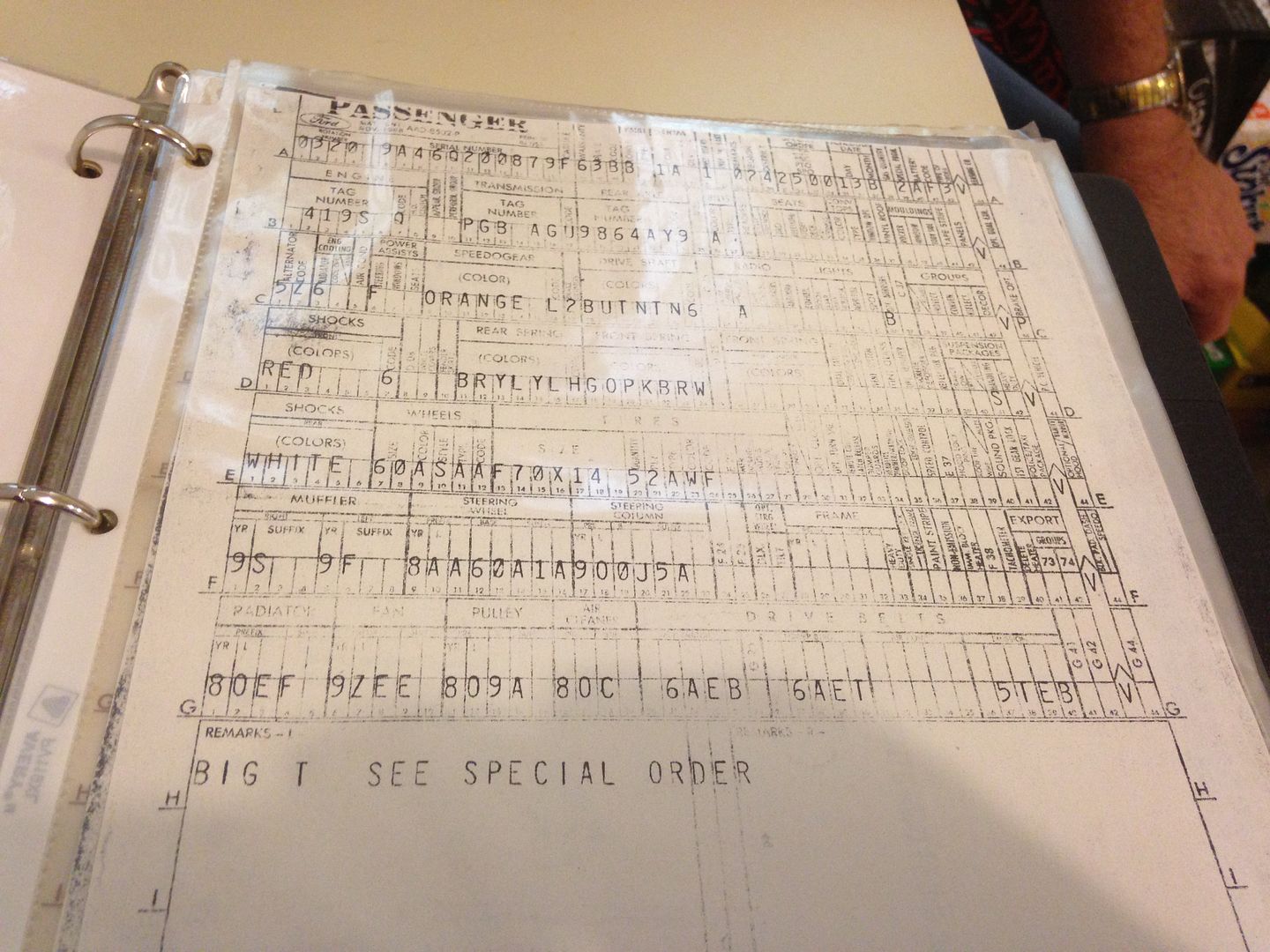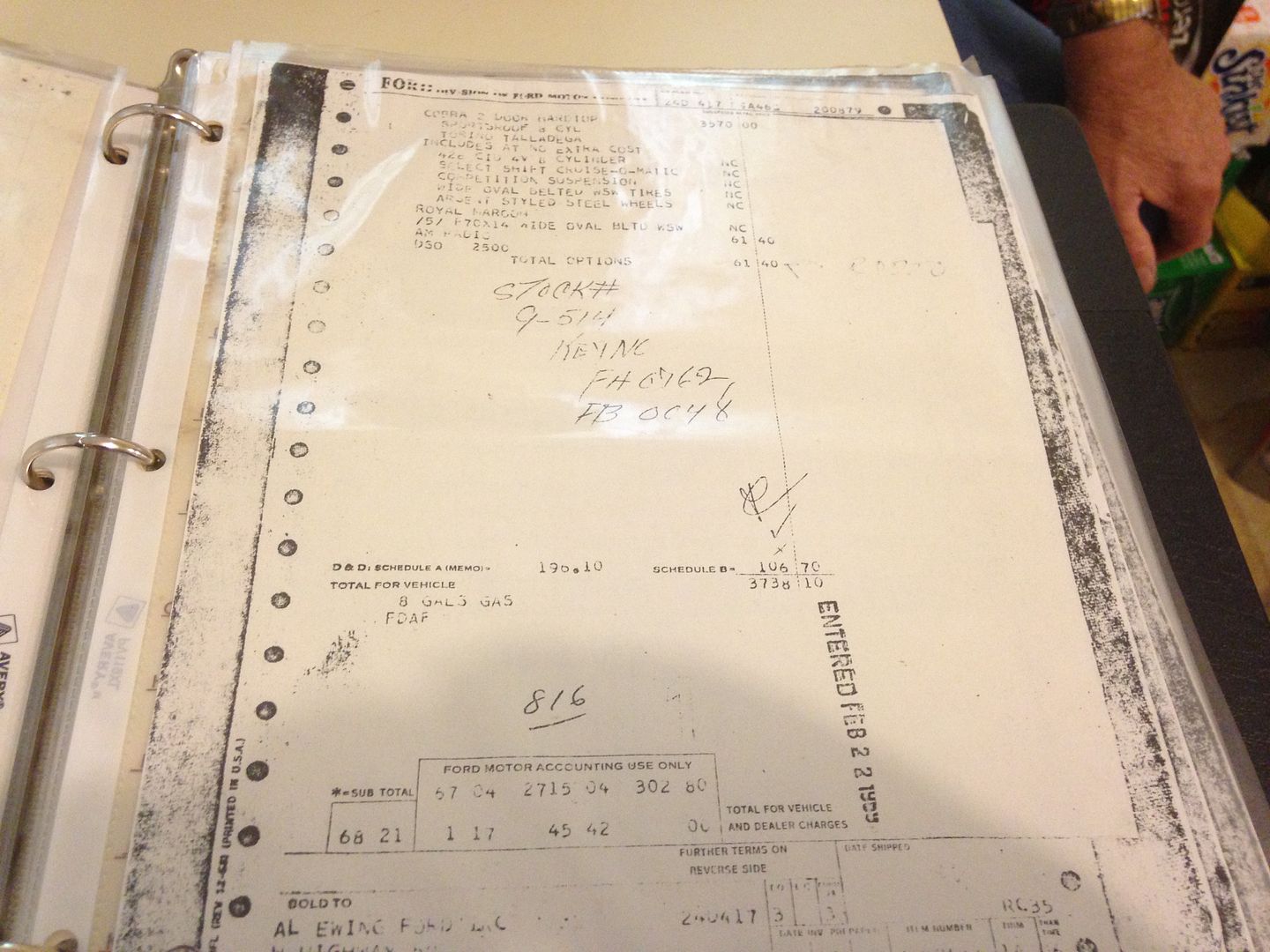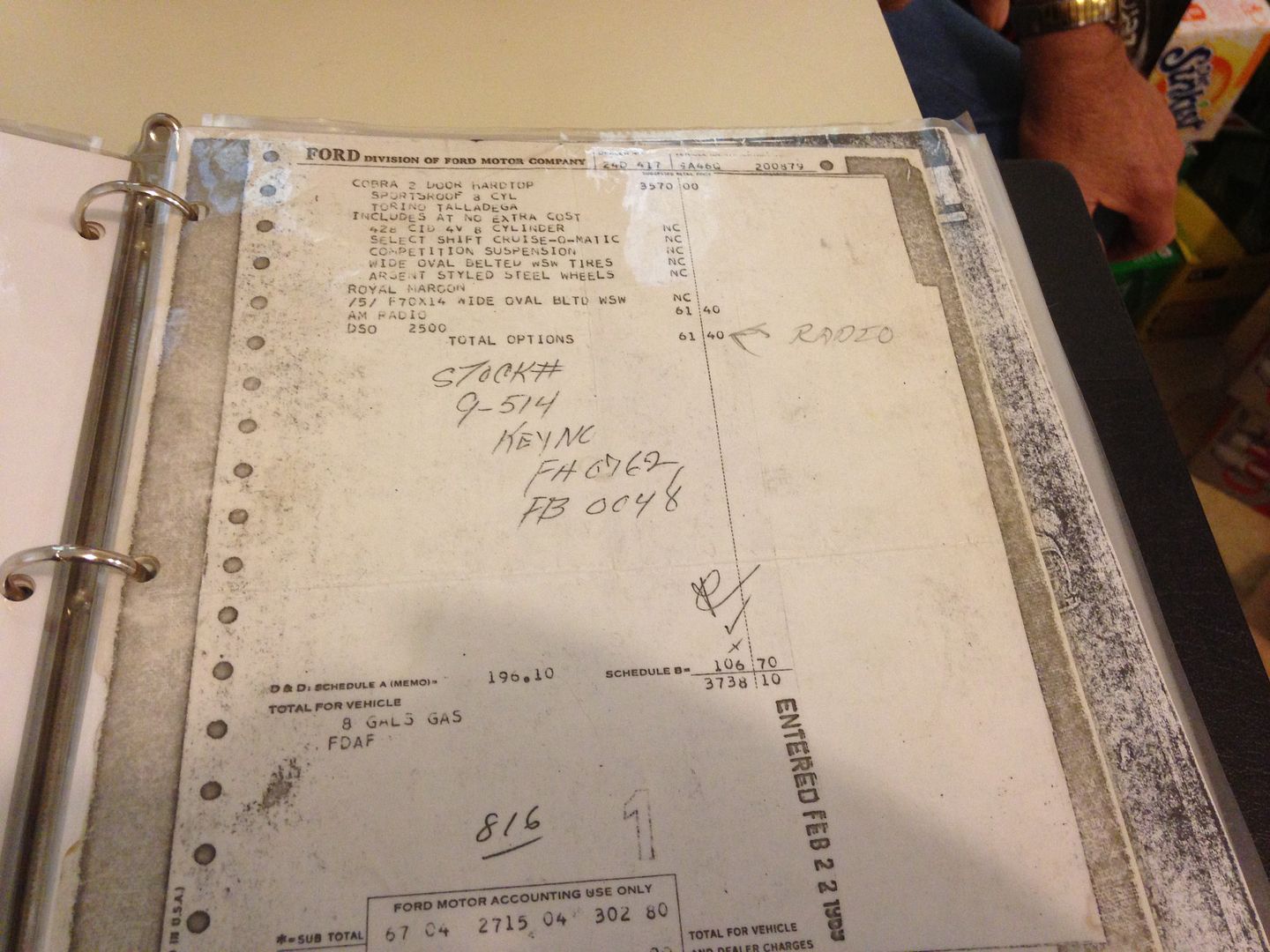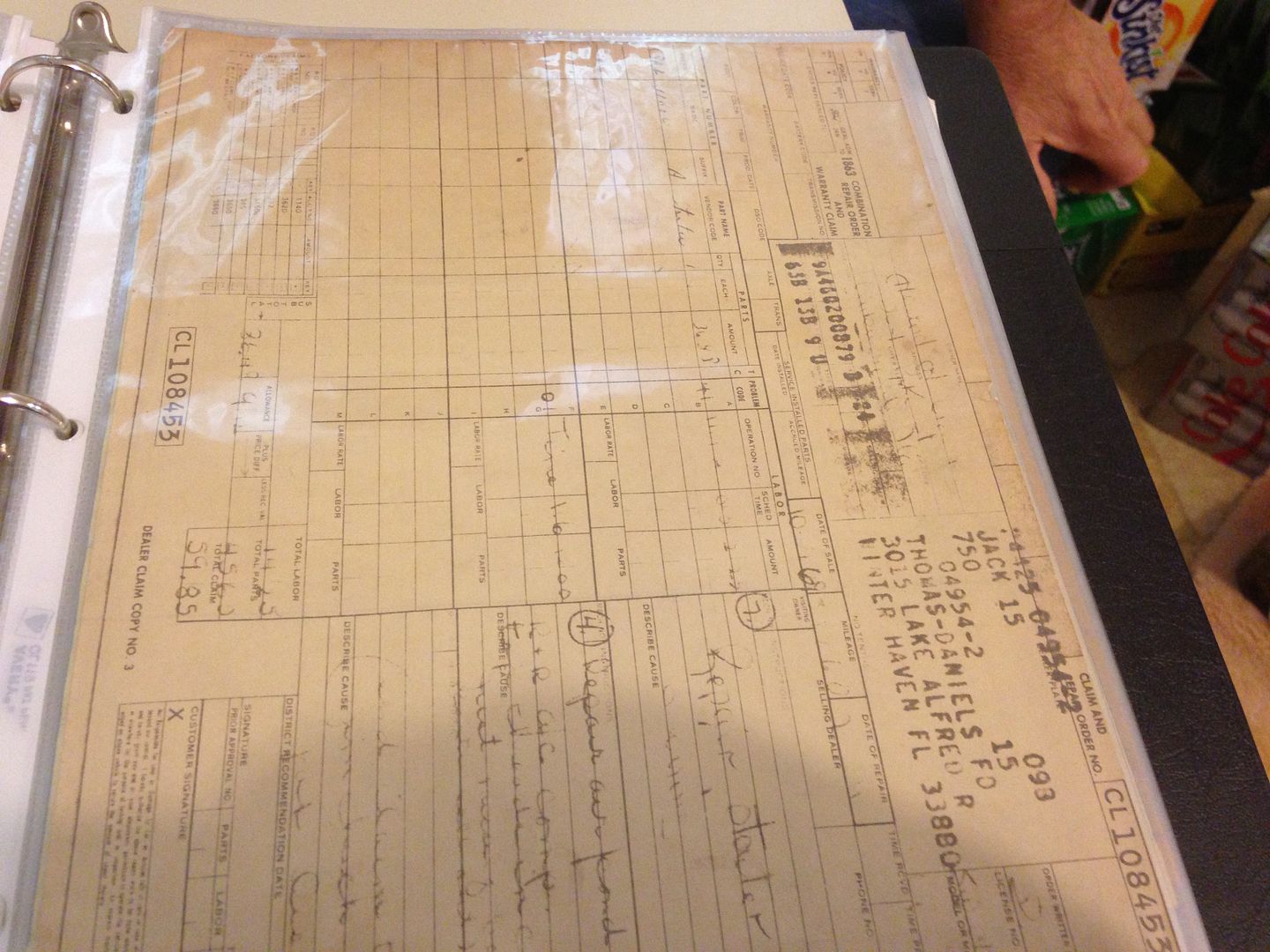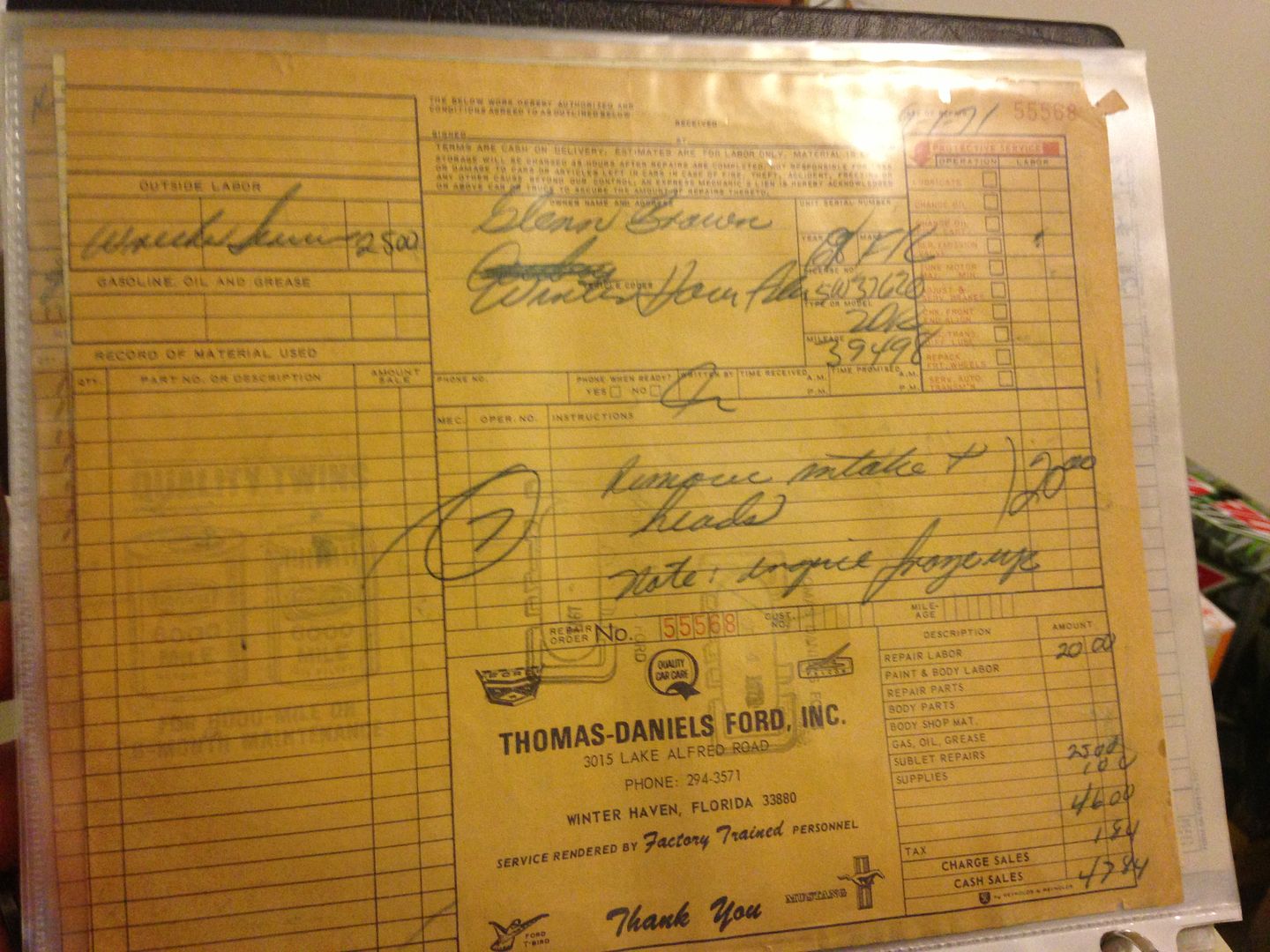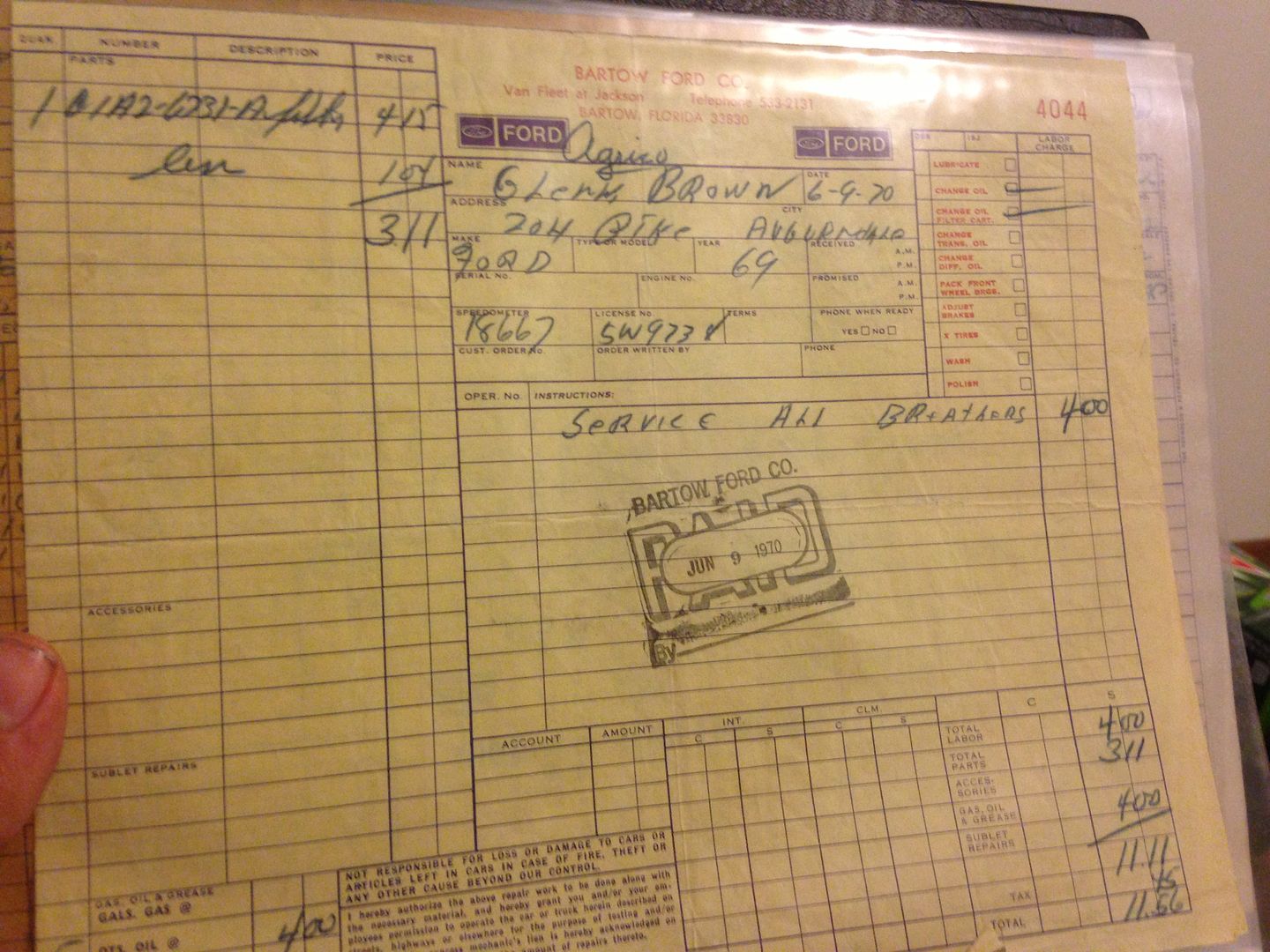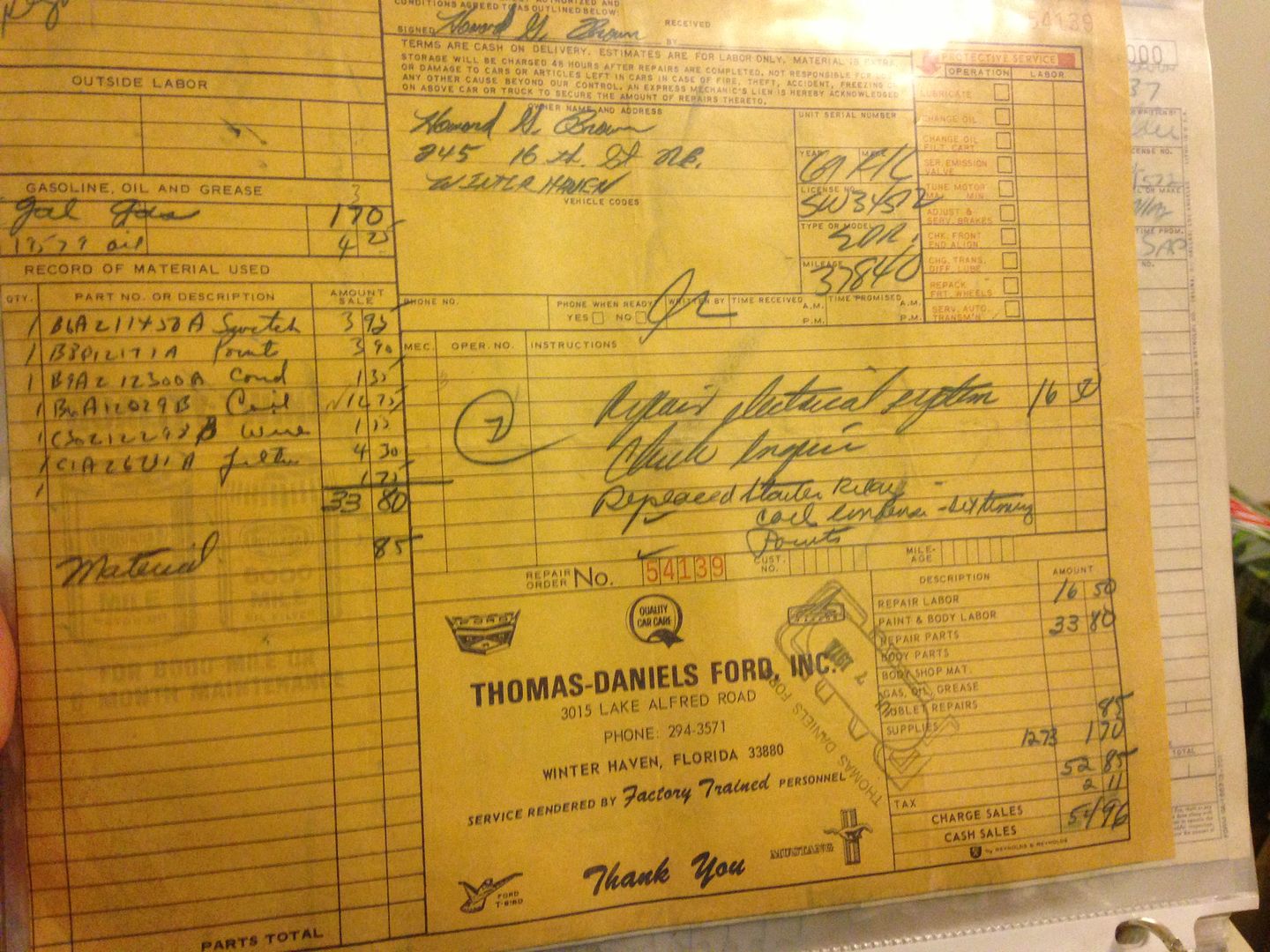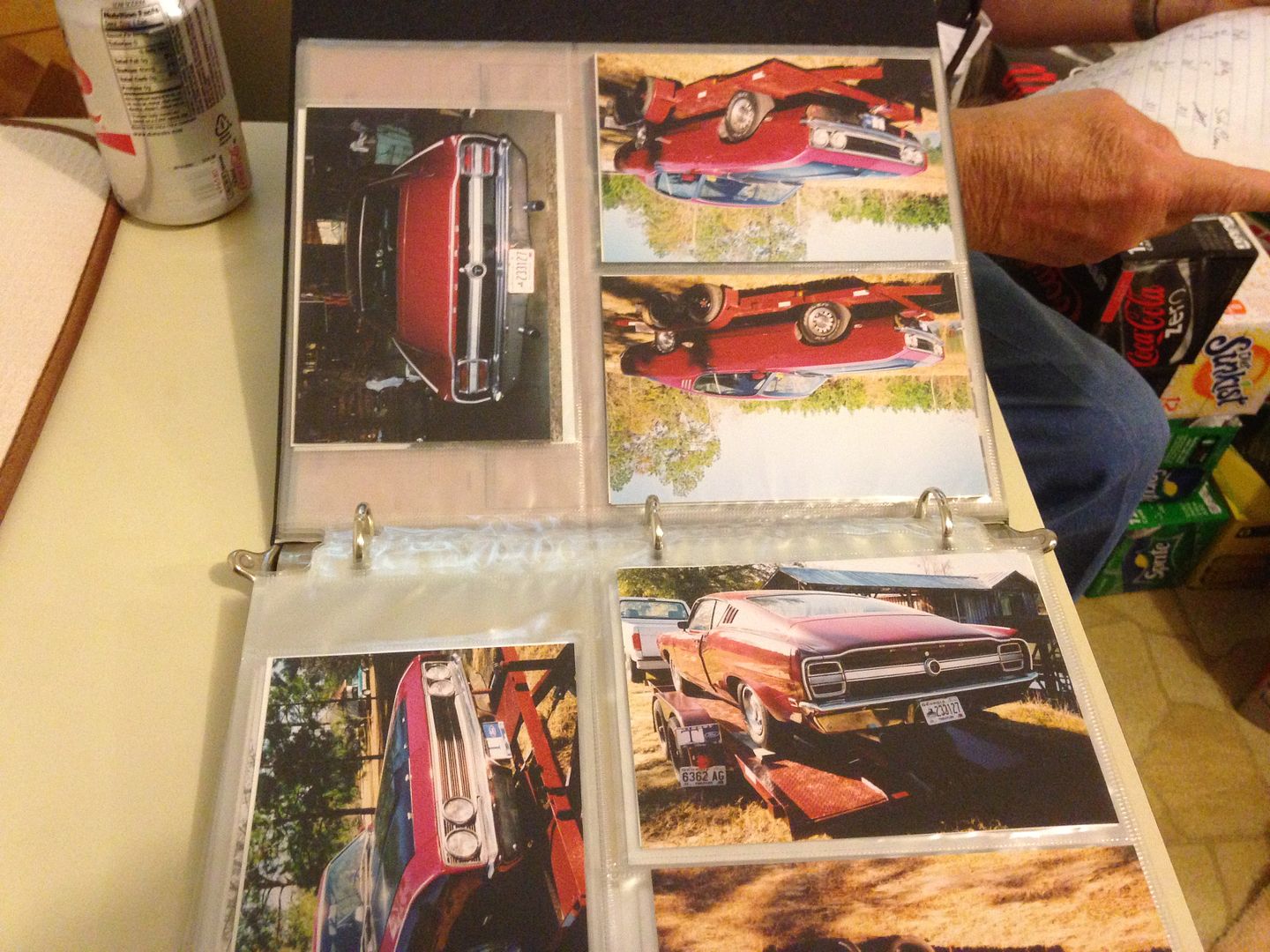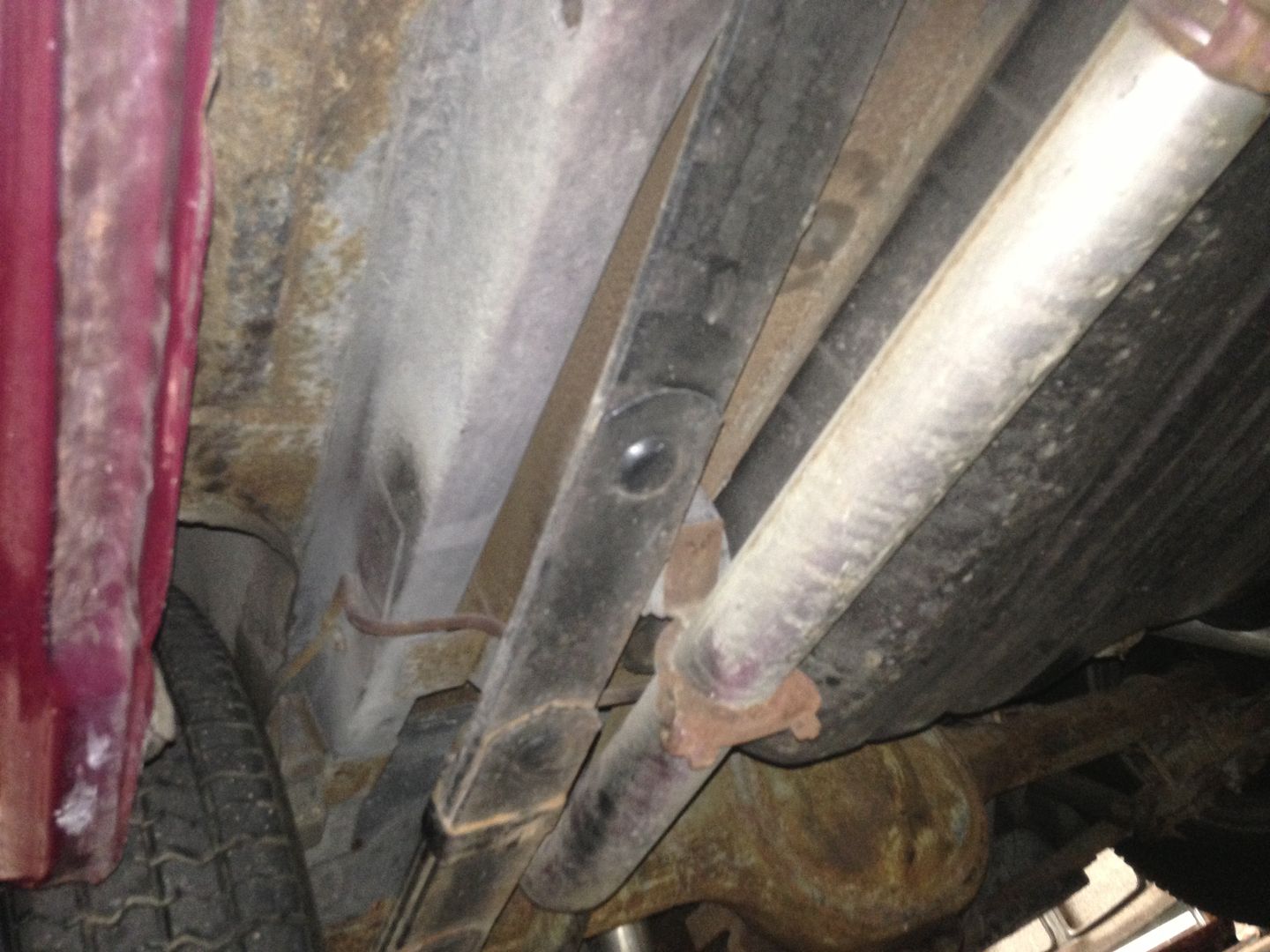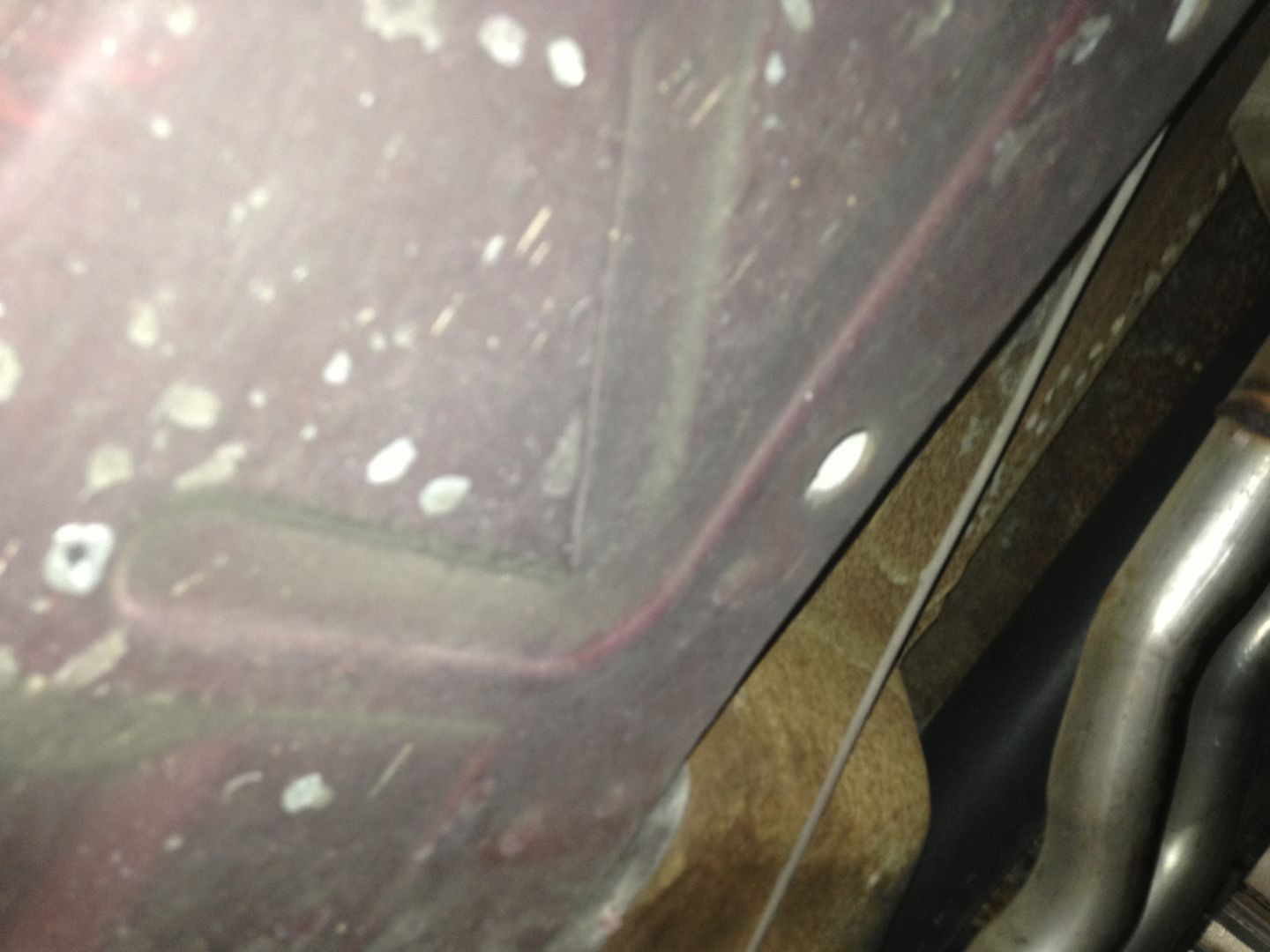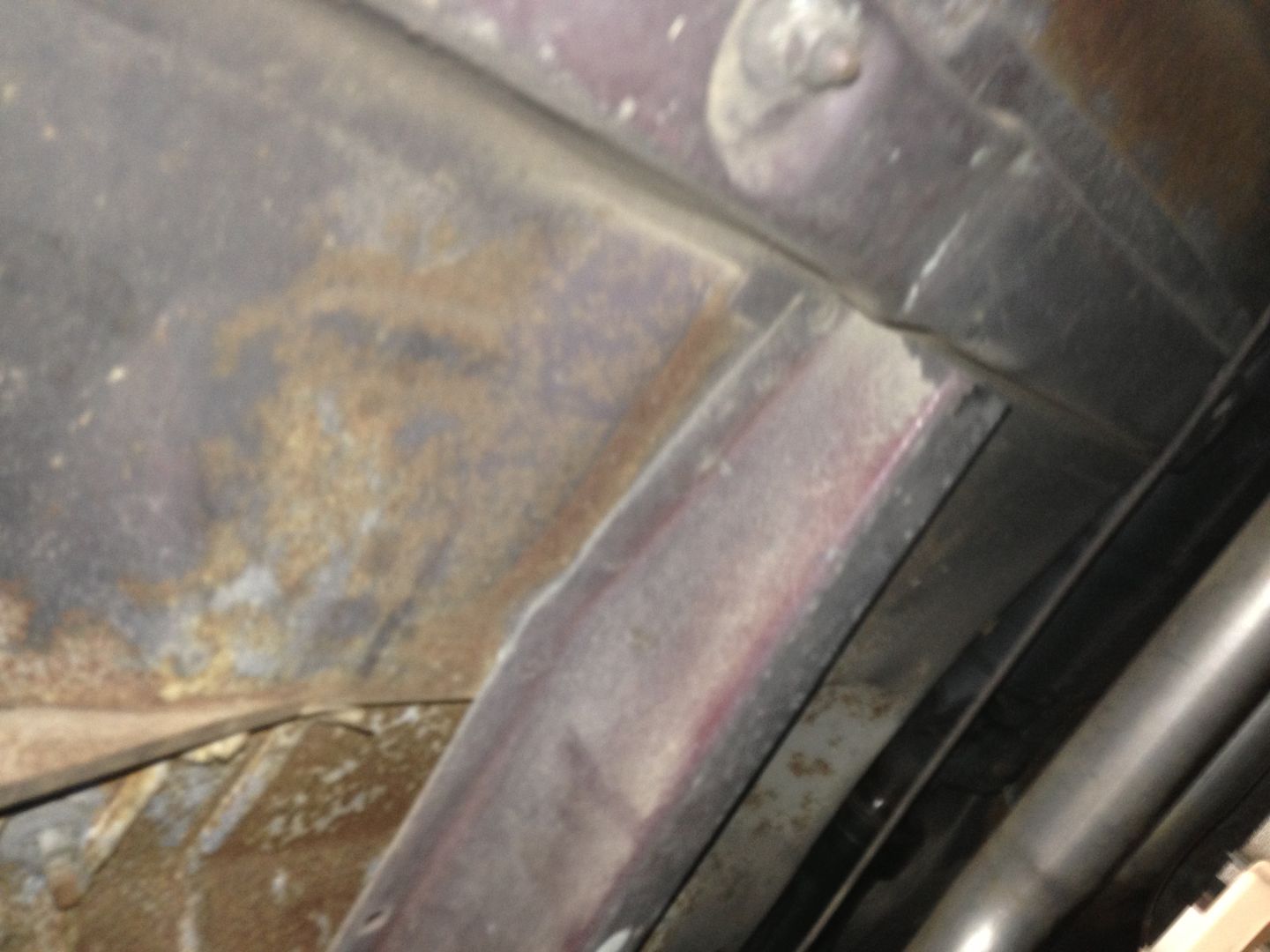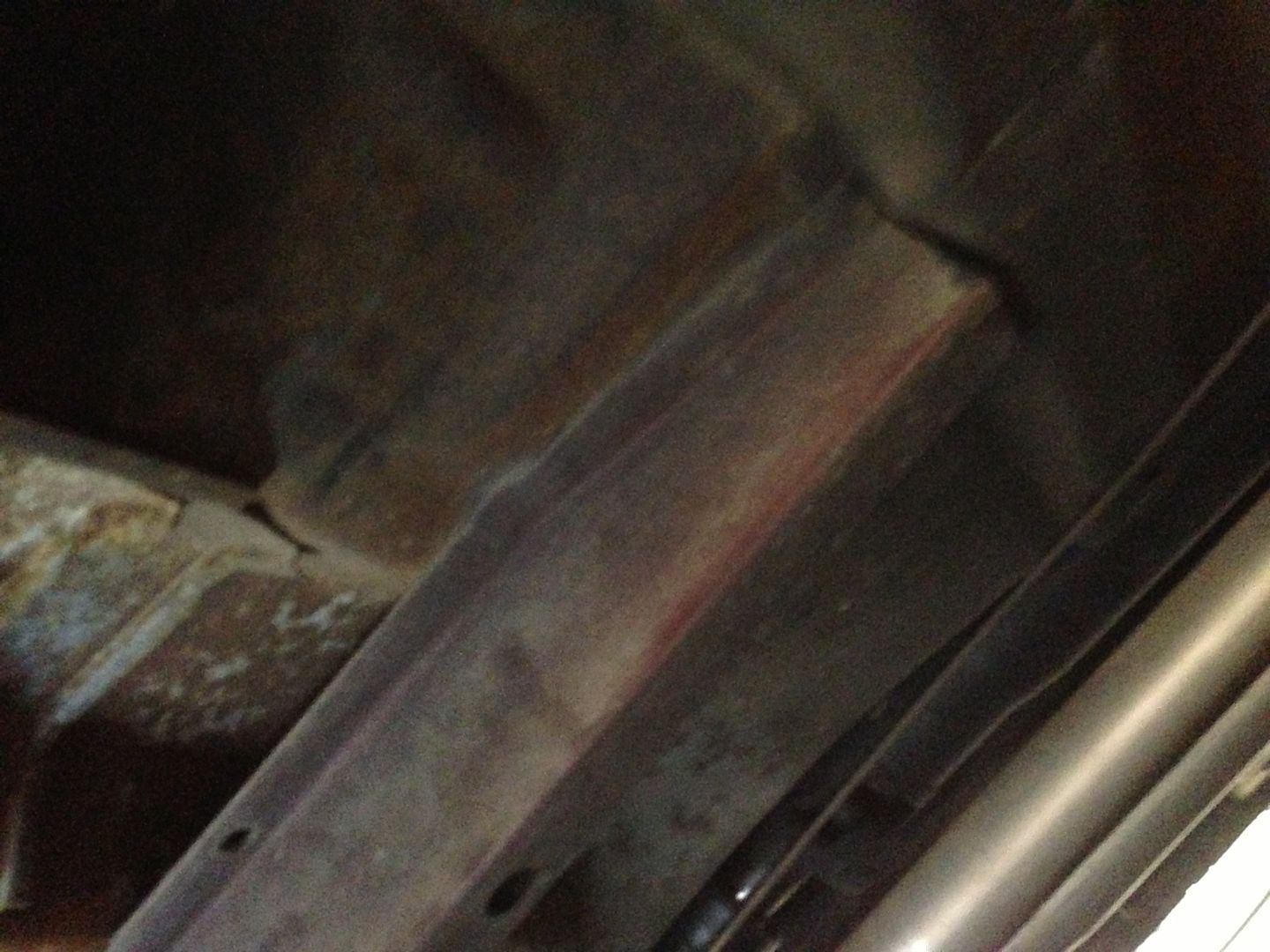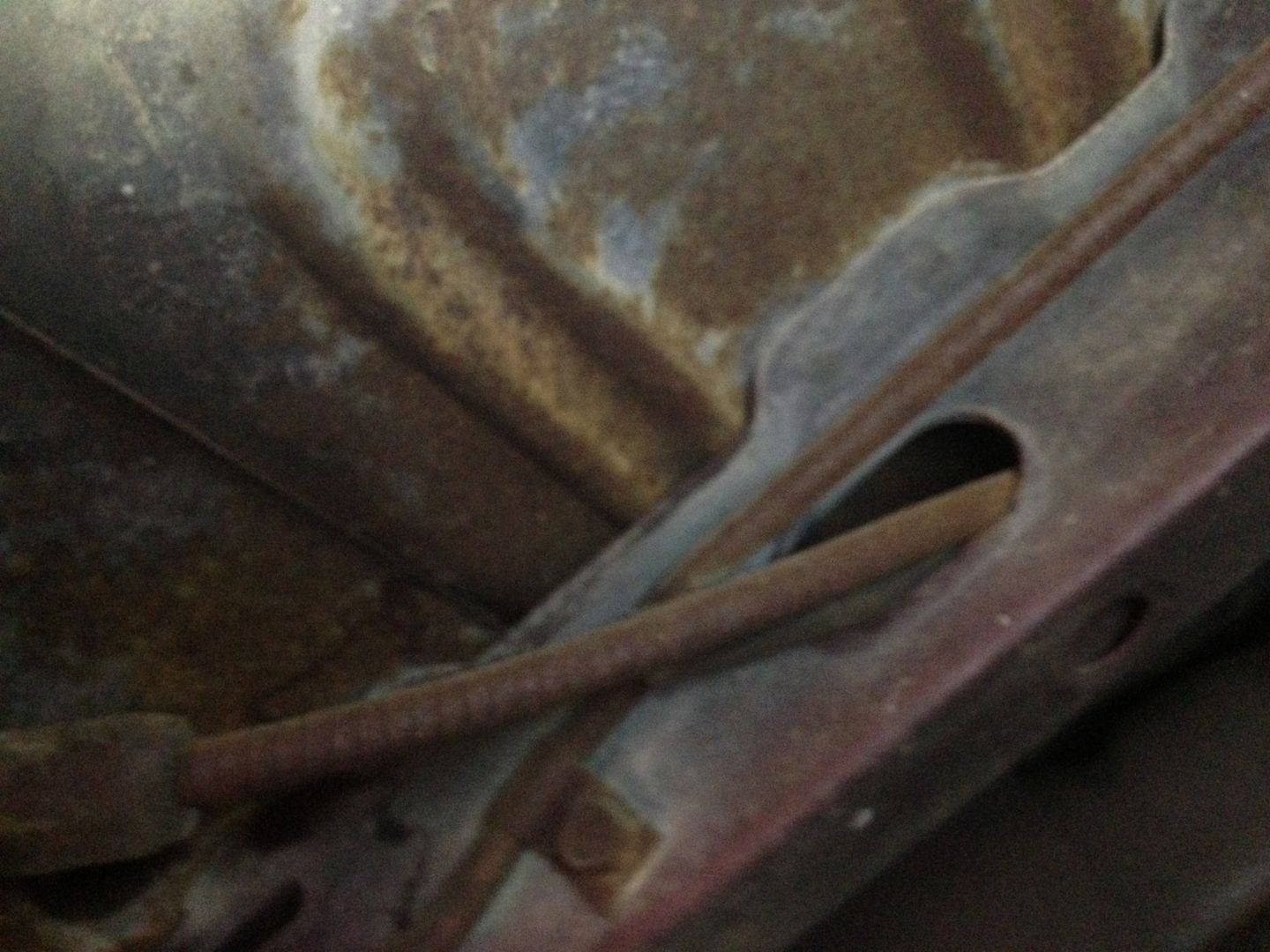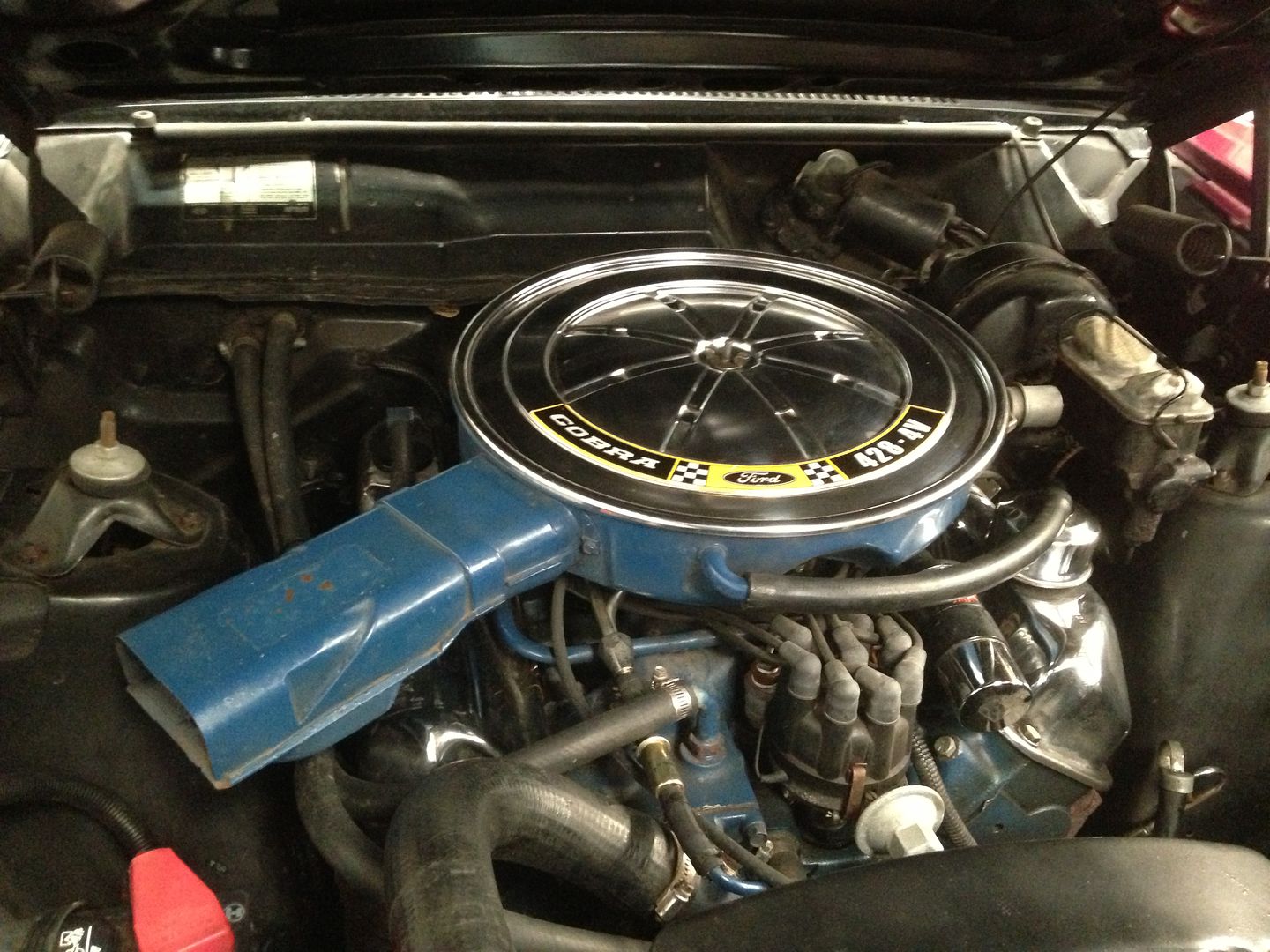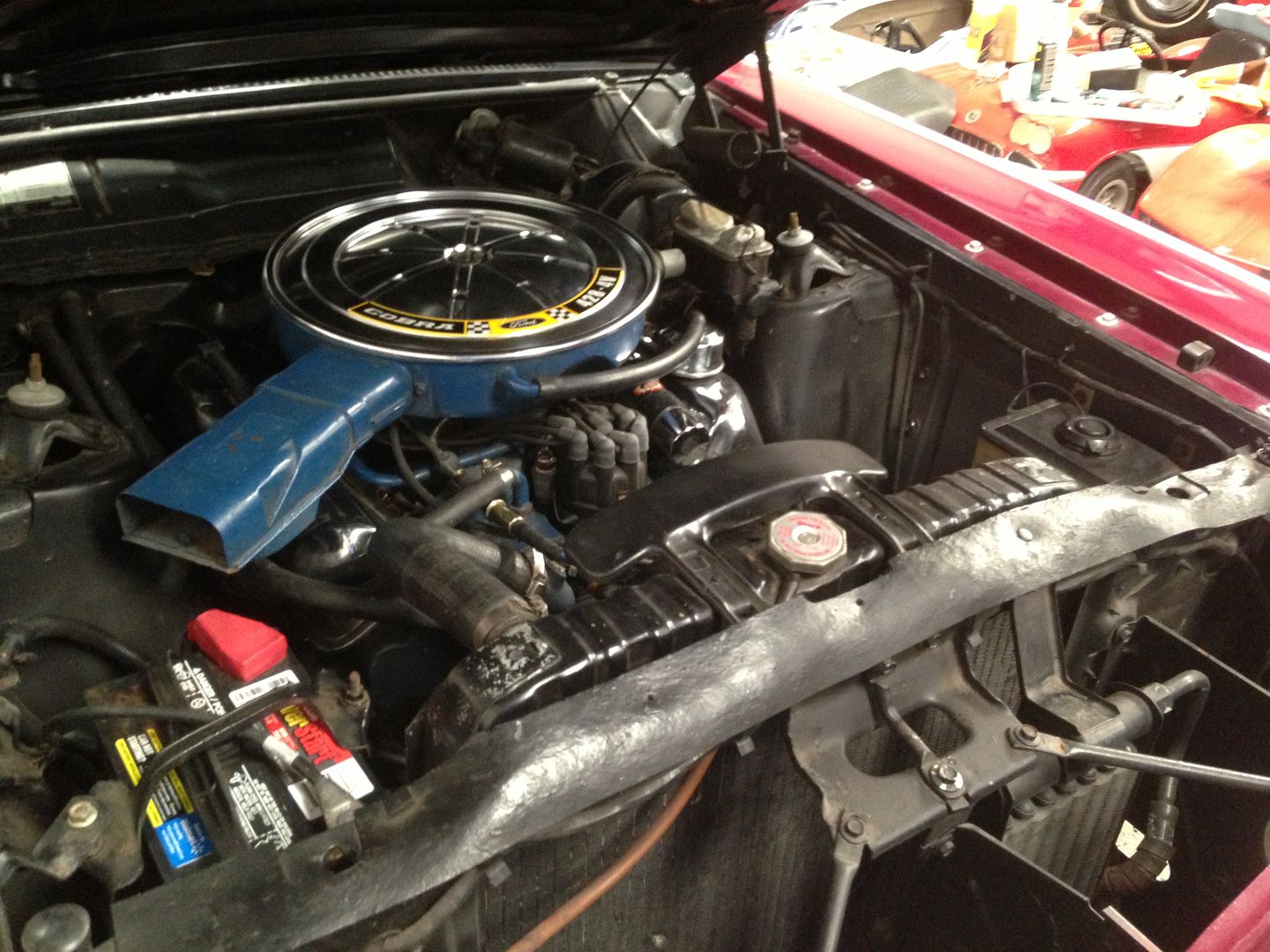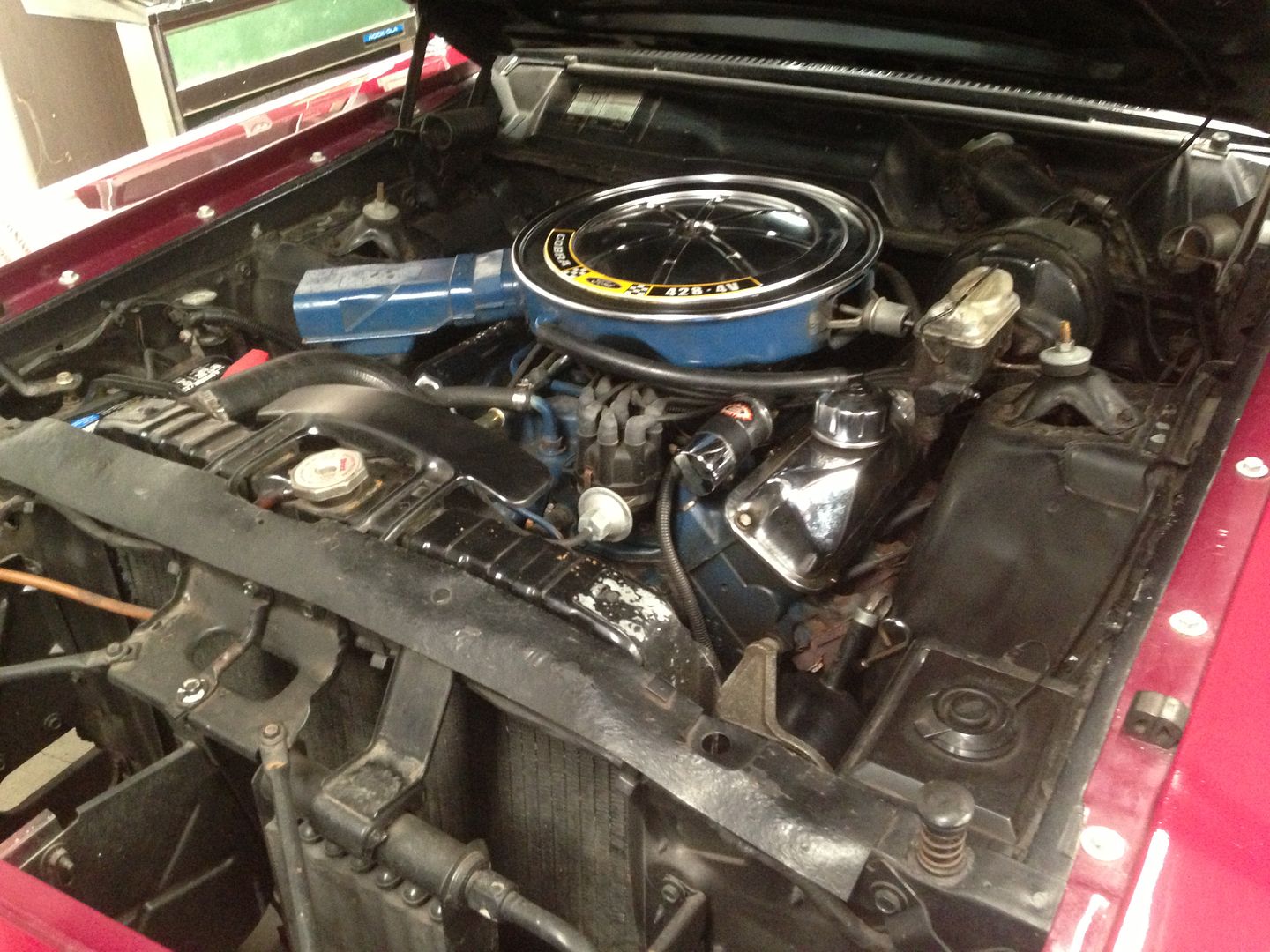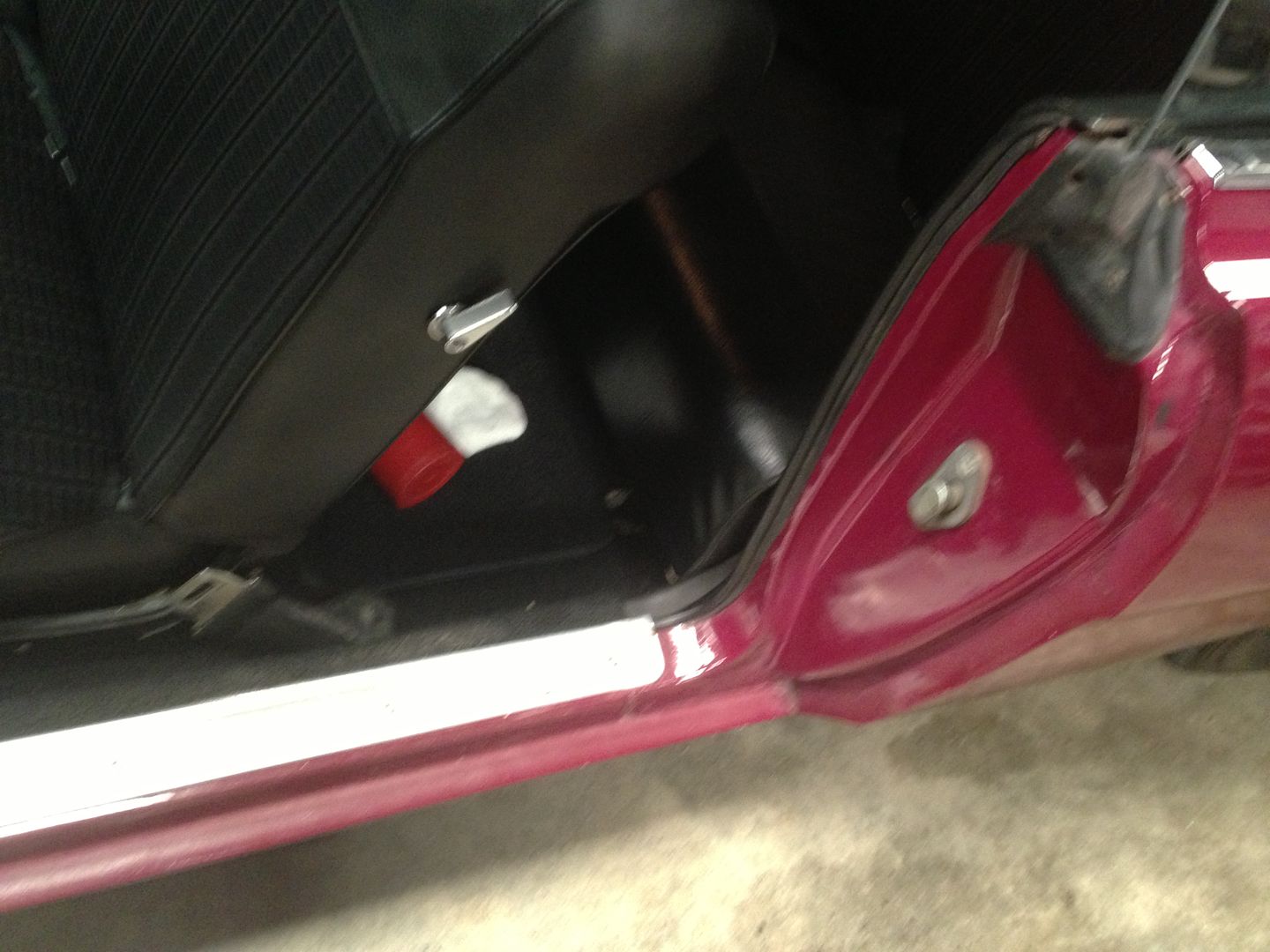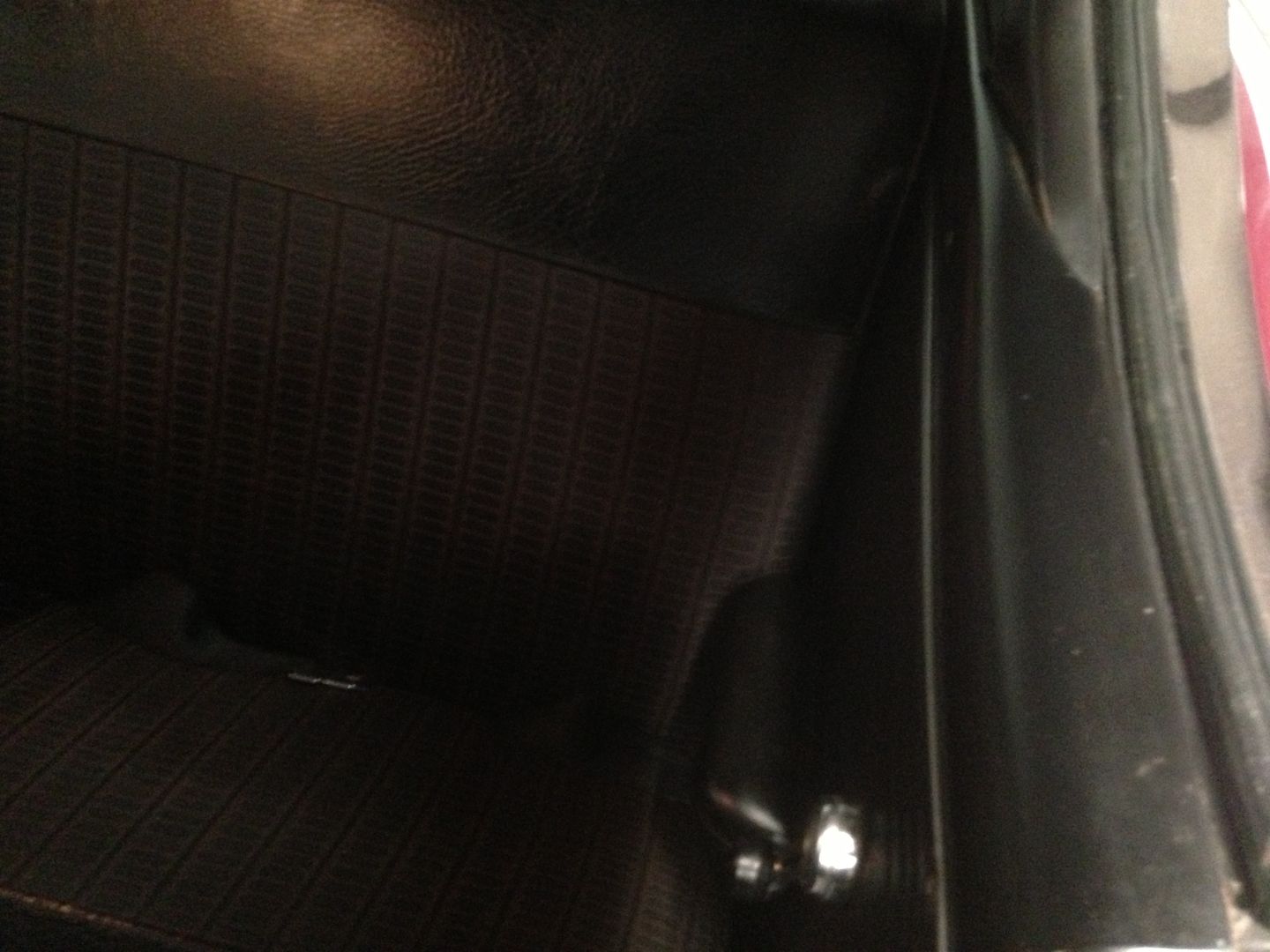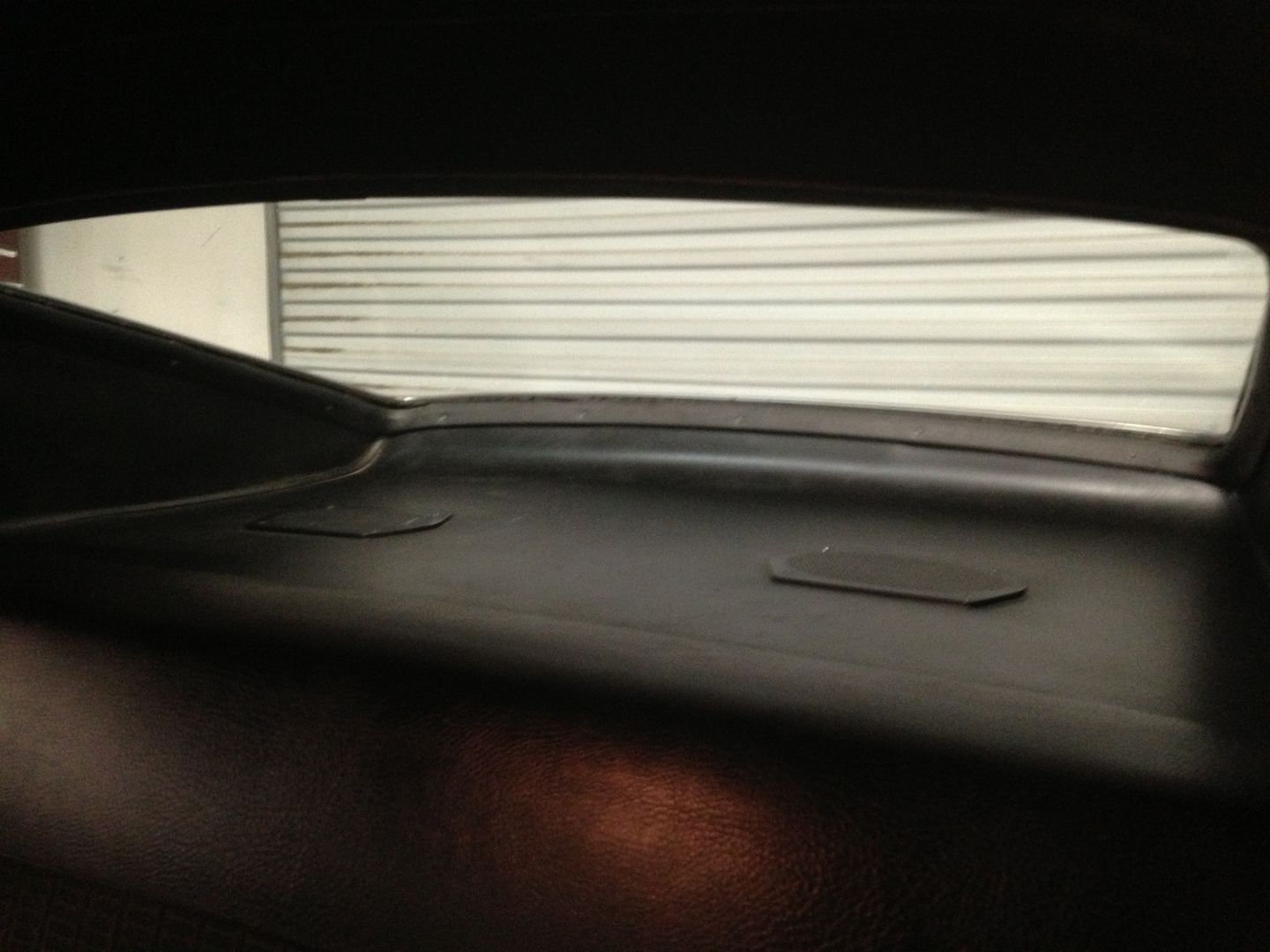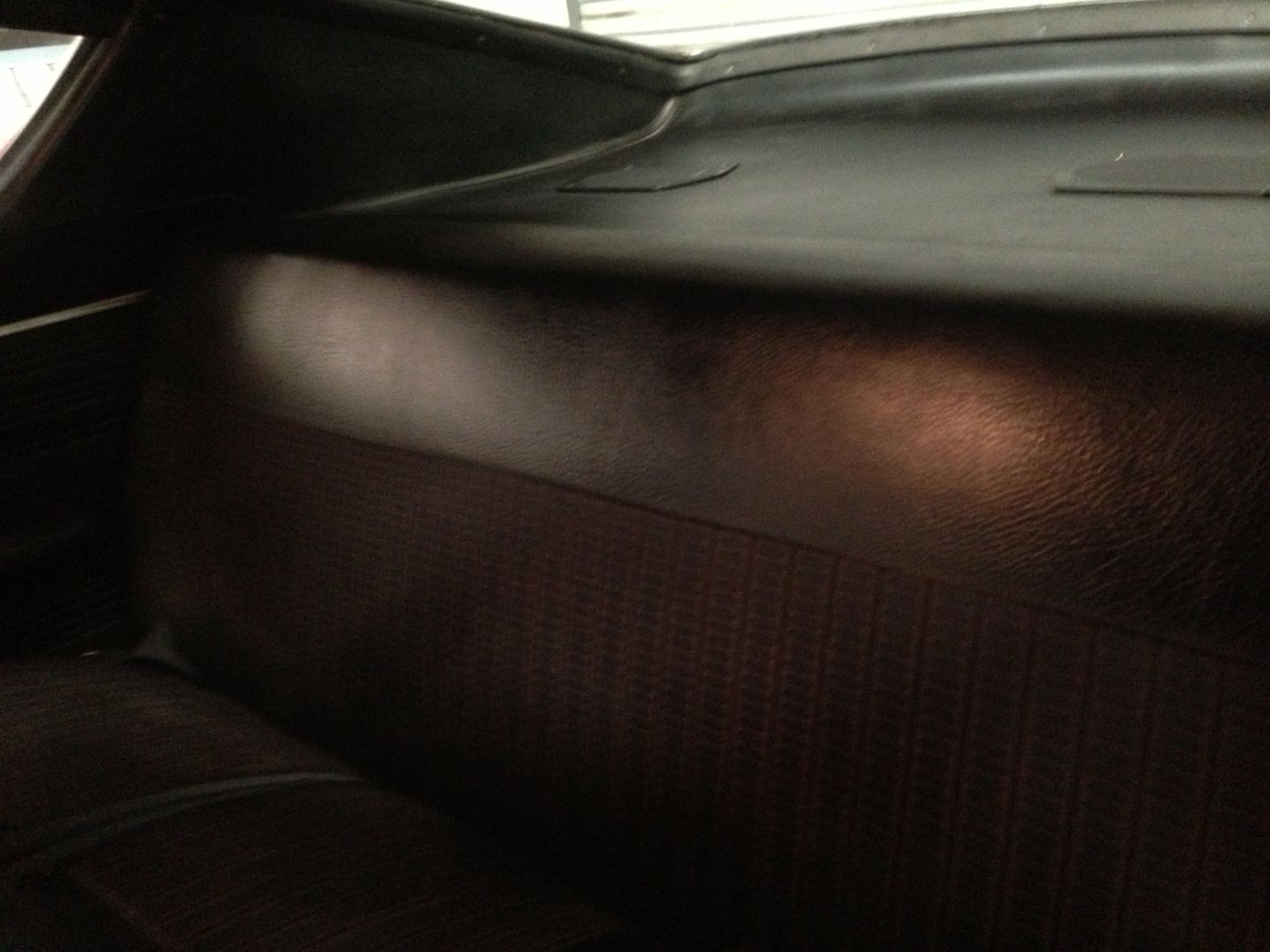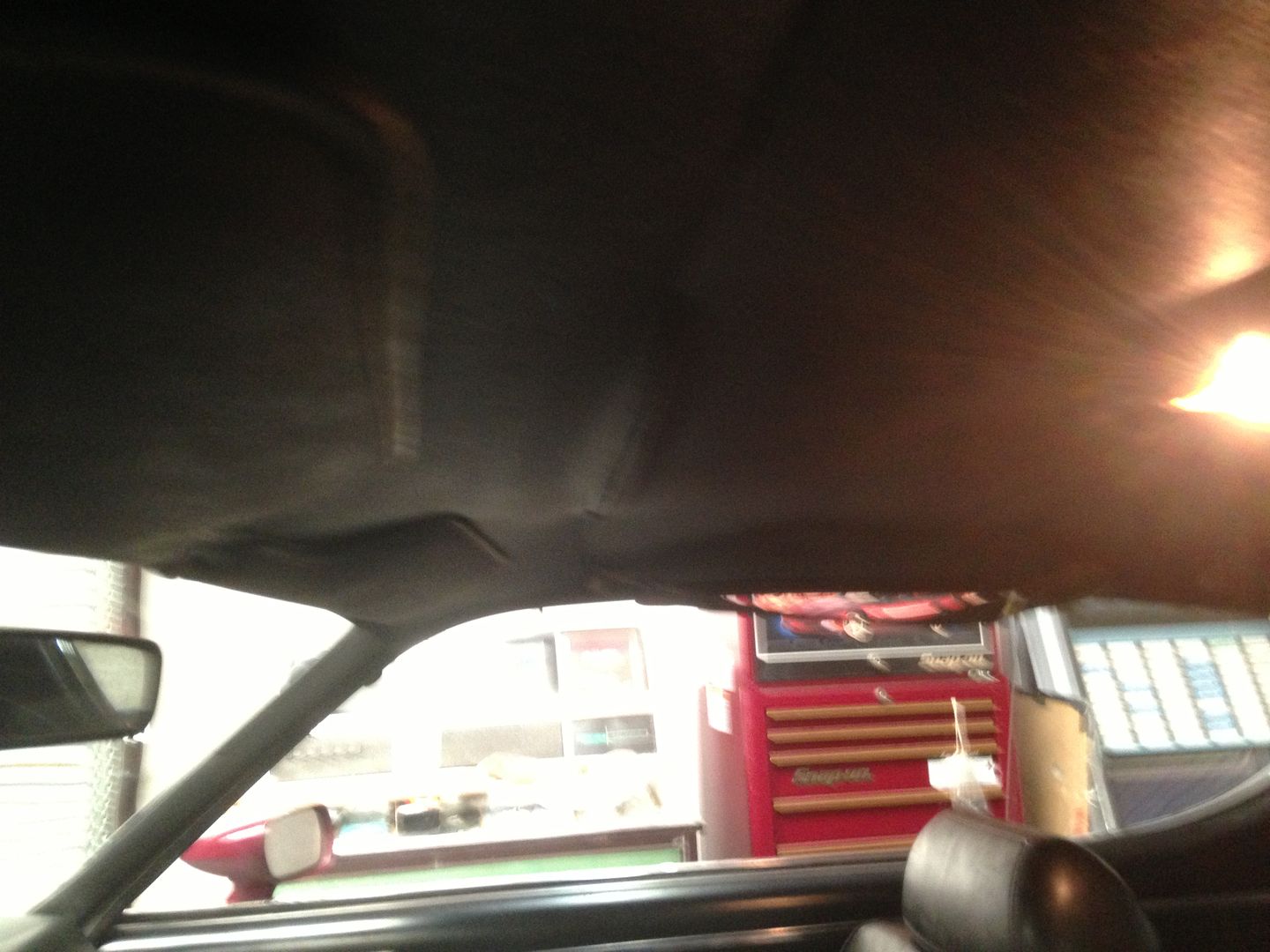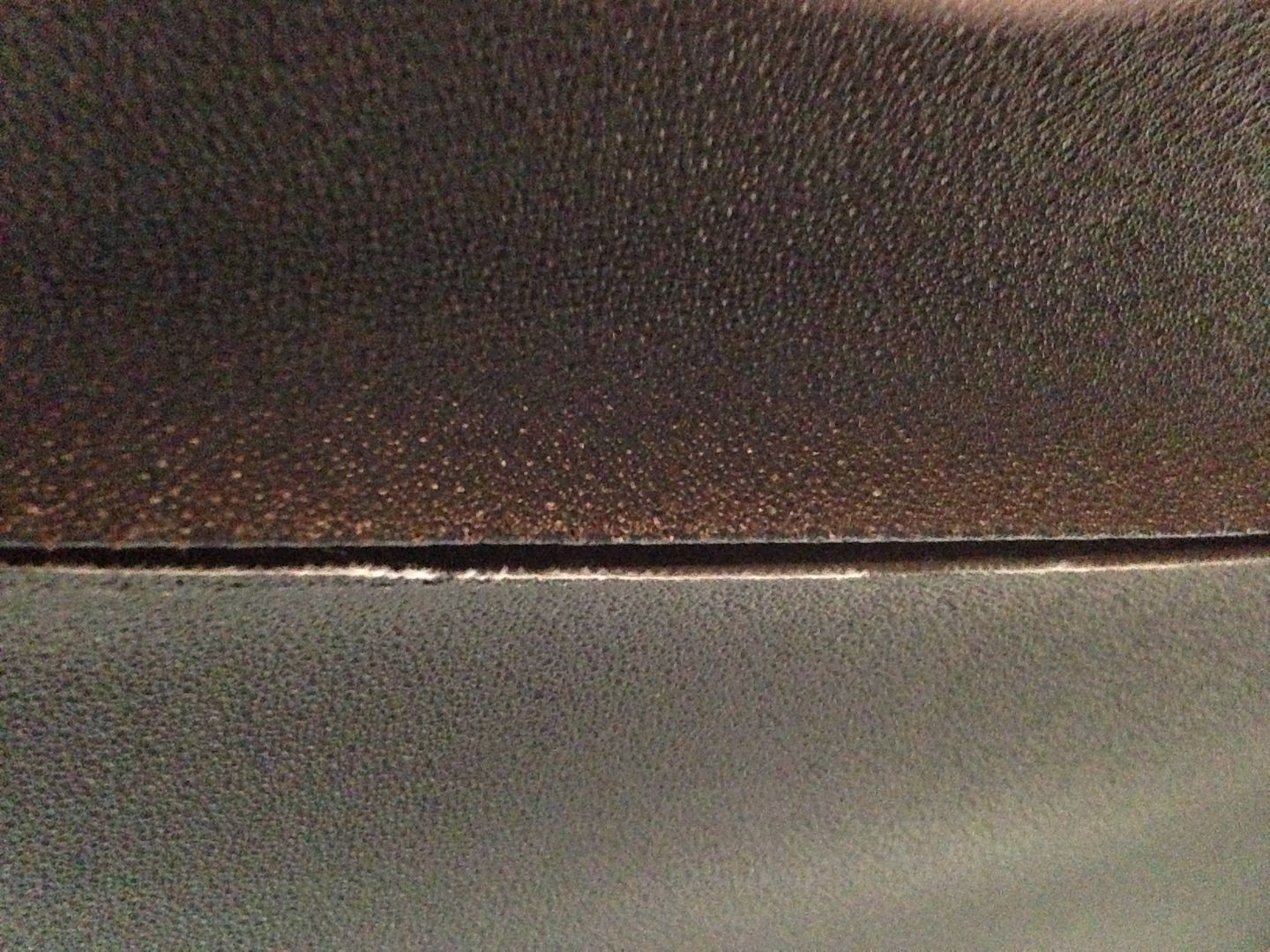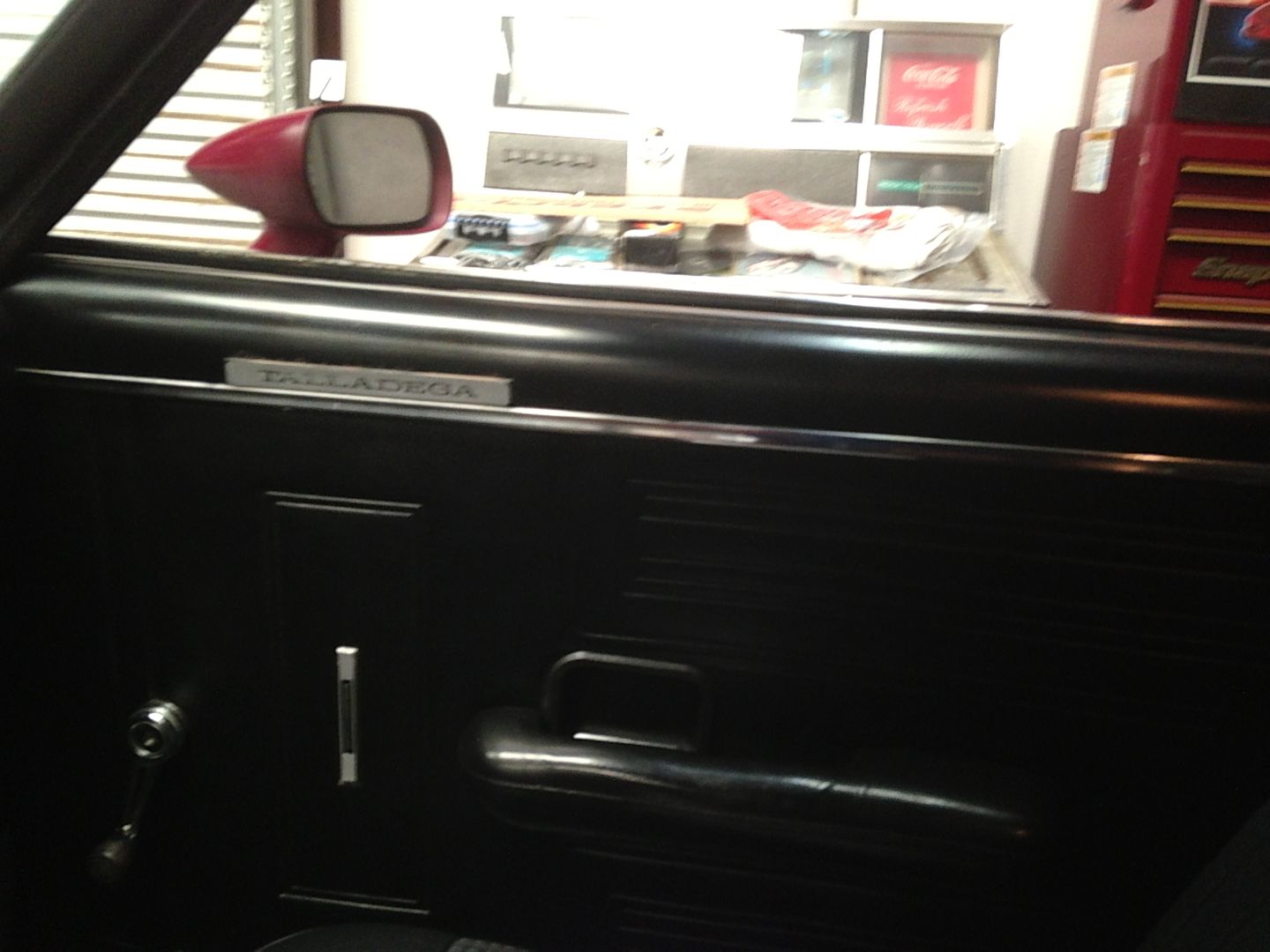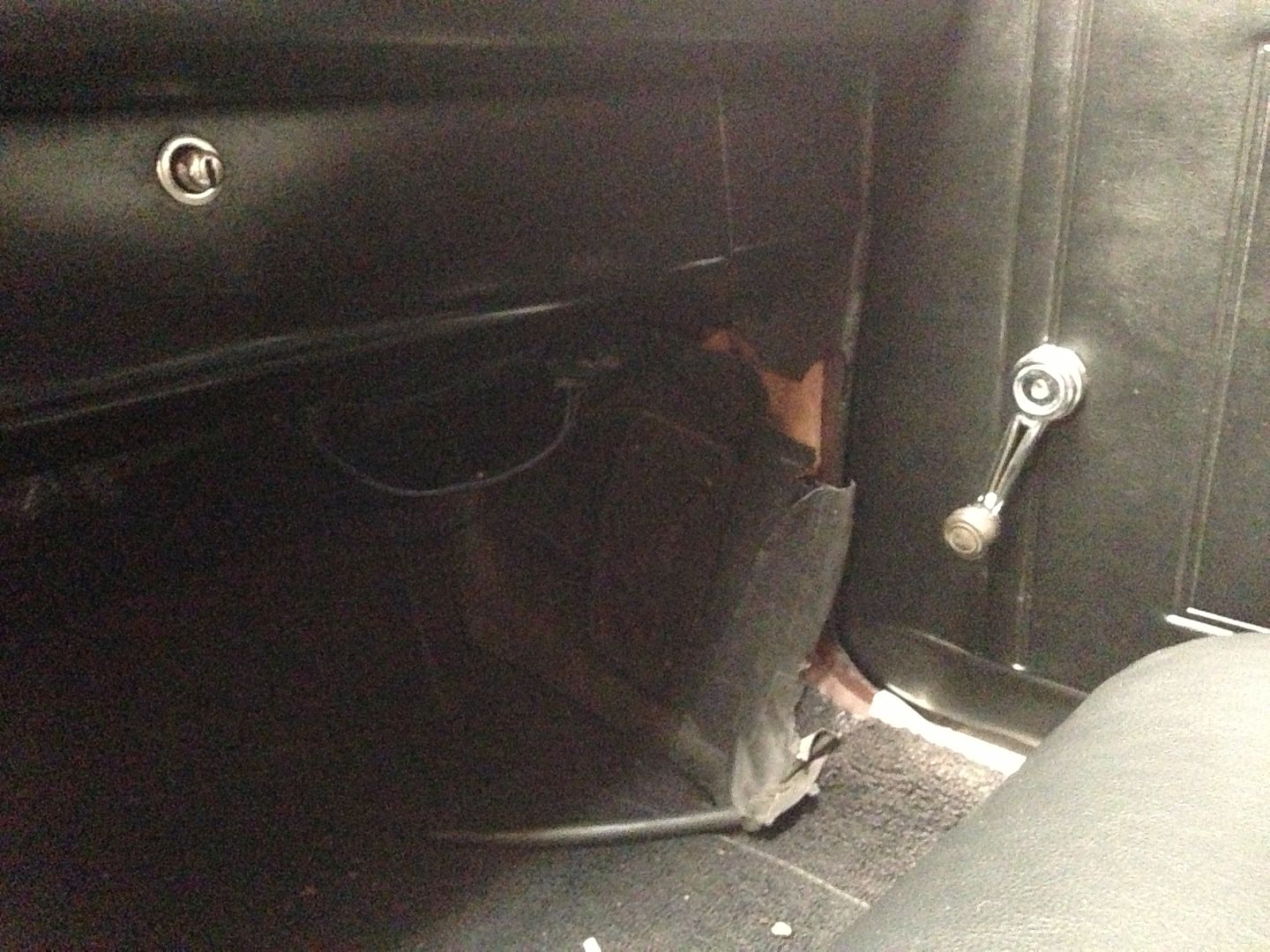The Ford Torino Talladega was a car produced by the Ford Motor Company during the first few weeks of 1969, only. Ford's Talladega was named after the Talladega Superspeedway racetrack in Alabama, which also made its debut in 1969. The Ford Talladega was a special, more aerodynamic version of the Ford Torino / Fairlane Cobra. It was produced specifically to make Ford even more competitive in NASCAR stock car racing, and it was sold to the public only because homologation rules required a certain minimum number of cars (500 in 1969) be produced and made available for sale to the public. It is believed that a total of 754 Talladegas may have been built, although the Talladega/Spoiler Registry can only account for a maximum of 750. This number includes all prototypes, pilot cars, and production cars built, plus a special post-production car that was built for the president of Ford Motor Company, Semon Emil "Bunkie" Knudsen, in March 1969. The Bunkie Knudsen car was significantly different from all of the homologation cars with regard to options and color. This Talladega was even built at a different plant: Ford's Lorain, OH plant on March 20, 1969. However, all production examples were constructed during January and February 1969 at Ford's Atlanta, Georgia plant. All production homologation cars produced after the pilot cars were built between January 21 and February 28. (According to the Talladega/Spoiler Registry's records, Talladega number 502 was actually completed on January 31, and then the last 247 homologation cars were built between February 14 and February 28, following a 2 week break in production.) It is unknown as to why Ford built an "extra" 247 homologation cars, once the homologation requirements had been met during the initial run, as it is thought that Ford lost several thousand dollars on every Talladega that was built..
The 1969 Ford Talladega was based on the Fairlane Cobra "Sportsroof" (Ford's trade name for a fastback) 2-door hardtop. To make the car more aerodynamic at high speeds, a sleeker front section (whose design and construction is often attributed to the Holman-Moody race team's shop) was added. Regular production Fairlanes and Torinos had a then-fashionable inset grille and headlights, which fared poorly in the wind tunnel. The Torino Talladega replaced this nose with one that extended the car's length by about six inches, with a flush-mounted grille on a more aerodynamic front end. The close-fitting bumper was actually a rear bumper that had been cut, narrowed, V'ed in the center, and filled on the ends to create a crude air dam, further improving the aerodynamics of the car at high speeds. In another well kept secret design move, the rocker panels of the Talladega were reshaped and rolled to allow Ford teams to run their racing cars about an inch closer to the ground while staying within NASCAR rules; this also greatly enhanced the top speed of the car by lowering its center of gravity, and further reducing its wind resistance. The cars were also equipped with an engine oil cooler, a power steering oil cooler, special offset rear shocks, a 3.25:1 Ford 9 inch 31 spline nodular open rear end, and most surprisingly: a heavy duty C-6 (cast iron tailshaft) automatic transmission that was column shifted. These other special performance parts were normally only available when ordering a "drag pack car" which would have been equipped with a 4 speed and a limited slip rear end. Also unique to the Talladega was the presence of competition black hoods and rear tail panels on all production cars, as well as the only interior offered: black vinyl and cloth with a front bench seat...
Benny Parsons' 1969 Ford Talladega ARCA Championship Race Car owned by Barry Miller of Portland Indiana
Racing versions of the car were initially fitted with the Ford FE 427 side oiler engine that had been Ford's main racing engine since 1963. Later in the season, the Ford Boss 429 engine was used by many of the teams, after it had finally been declared "officially homologated" by NASCAR president, Bill France. Ironically the Boss 429 engine was actually homologated in the 1969 Ford Mustang Boss 429. In a very unusual move, Ford homologated the engine separately from the car in which it was to race. Many experts think this may have been done in order to get the bodywork of the Talladega officially homologated at the beginning of the 1969 race season, as the Boss 429 was not yet in production in sufficient numbers to homologate it. All production Talladegas were actually equipped with the new Ford 428 Cobra Jet, which, while very powerful and reliable, was intended as a street engine for Ford's muscle cars, as it developed high torque at low RPMs, rather than being a high reving race engine.
The Torino Talladega did exactly what Ford hoped it would do on the racing circuit: it won 29 Grand National races during the 1969 and 1970 NASCAR seasons - far more than any other model. Further, it won the 1969 NASCAR Manufacturer's Championship with David Pearson winning the Driver's Championship, and it won the 1969 ARCA Manufacturer's Championship with Benny Parsons winning that Driver's Championship. Chrysler's initial competitor was the Dodge Charger 500, which proved to be aerodynamically inferior to the Talladega, especially on the highbanks of NASCAR's super speedways (tracks of a mile or more in length). After realizing that Ford's Talladega (and its sister ship, the Mercury Spoiler II) were much more effective as race cars, Dodge went back to the drawing board to create the Dodge Charger Daytona, which managed to win a total of 6 races during the 1969 and 1970 NASCAR seasons. Ironically, in 1969 a Dodge Charger Daytona won at Talladega, and a Ford Torino Talladega won at Daytona. (At the inaugural race at Talladega, in 1969, all of the top names had left on Saturday night, before the race, due to a strike by the Professional Drivers Association.) Of course, having the best talent driving the best cars was also a factor during the aero wars years (1969 and 1970). In an effort to get their star driver, Richard Petty, back after he had defected to Ford in 1969, Plymouth built the Plymouth Superbird in 1970. (Richard Petty had finished 2nd in NASCAR's Grand Nationals in 1969, driving a Ford Talladega.) Plymouth's Superbird was intended to be more effective competition for the Talladega/Spoiler II, and to some extent it was, as it matched the Spoiler II's success on the track with 8 NASCAR wins. All of the Superbird's wins came in 1970, which allowed Plymouth to recapture the championship in NASCAR (and in ARCA). (Note: in 1970, NASCAR bumped its homologation requirements, which meant that Plymouth had to actually build nearly 2,000 Superbirds, rather than just 500; thus, Plymouth paid very dearly for the Superbird's 8 NASCAR wins in 1970, in order to take the 1970 NASCAR championship.)
One other important footnote: 1969 was Ford's last year of factory involvement and/or support in racing of any kind for several years. Following Congressional hearings in which they were questioned about the R&D costs of racing vs. improving fuel economy and safety, Ford completely abandoned all of their racing programs, starting with the 1970 season. Subsequently, most of the NASCAR and ARCA race teams that were running Fords continued to run their 1969 Talladegas in 1970 without any factory support, when it became apparent that their Talladegas were aerodynamically superior to the 1970 Torinos that Ford had intended to be the Talladega's replacement. After the 1970 season, NASCAR effectively banned the "aero cars" by restricting all five of these limited aero "production" cars to having to compete with engines no larger than 305 cubic inches of displacement (vs. the 426, 427, & 429 inches that the other cars could run), and the competitive history of the Talladega (and its fellow aerowarrior rivals) was essentially over.
Today, a Torino Talladega is a very collectible car. It was a special purpose built vehicle (some have even called it a "showroom race car") with a very strong racing history, with major links to the NASCAR teams of 1969, that achieved great success during the Aero Wars. Those few examples that still exist today, do so in very limited numbers. Ironically, for some reason, until recently, their values had not risen nearly as high as the Mopar "aero cars" in spite of their rarity and their great track successes during the pinacle of stock car racing (the aero wars years). Some experts have assumed that this was due to the sheer outrageousness of the Dodge Charger Daytona and the Plymouth Superbird, with their bolted on huge rear wings and nose cones; as the MOPAR winged cars' prices had eclipsed the far more subtle, and aerodynamically integrated, bodywork of the Ford Torino Talladega and its sibling, the Mercury Cyclone Spoiler II. Regardless, most experts still consider the Talladegas and the Spoiler IIs to be very undervalued; but, in 1969 (and overall during the two years of the aerowars) Ford's Talladegas (and Spoiler IIs) owned the high banks of NASCAR and ARCA.
This is my father's car, I am listing it for him. I will be out of town most of next week at Mustang Week in Myrtle Beach so I may be a day or so behind on emails. Feel free to call my father directly and talk to him, his number is 828-421-4018, please no text messages.
We will be glad to assist with preparing the car for transport via the hauler of your choice. A $2,000 non-refundable dollar deposit via paypal is required within 48 hours of purchase.
 Holman moody nascar replica 460ci c6 street legal racer aero vintage nhra nice!(US $12,950.00)
Holman moody nascar replica 460ci c6 street legal racer aero vintage nhra nice!(US $12,950.00) 1969 ford torino gt all factory original 9393 miles not restored on damage facto(US $41,500.00)
1969 ford torino gt all factory original 9393 miles not restored on damage facto(US $41,500.00) 1969 r code fordtorino gt
1969 r code fordtorino gt 1971 ford torino gt convertible
1971 ford torino gt convertible M code torino gt 351 v8 bucket seats, center console show like quality paint(US $16,900.00)
M code torino gt 351 v8 bucket seats, center console show like quality paint(US $16,900.00) 1970 ford torino cobra jet ram air #'s matching 4 speed
1970 ford torino cobra jet ram air #'s matching 4 speed























